The headline of my little review, in which I use Leica’s own wording to announce the new SL2, is the start of the enthusiasm that I feel for the youngest scion of the House of the Red Dot.
But first, I ought to review of my entry into the world of the SL. Euphoria and immediate enthusiasm were not evident at the outset when I experienced the first SL. In fact, my approach was over a rather rocky path. Suffice it to say that I did not really care much about the camera at the time of its release in 2015. I must confess that I could not do much with this camera at first.
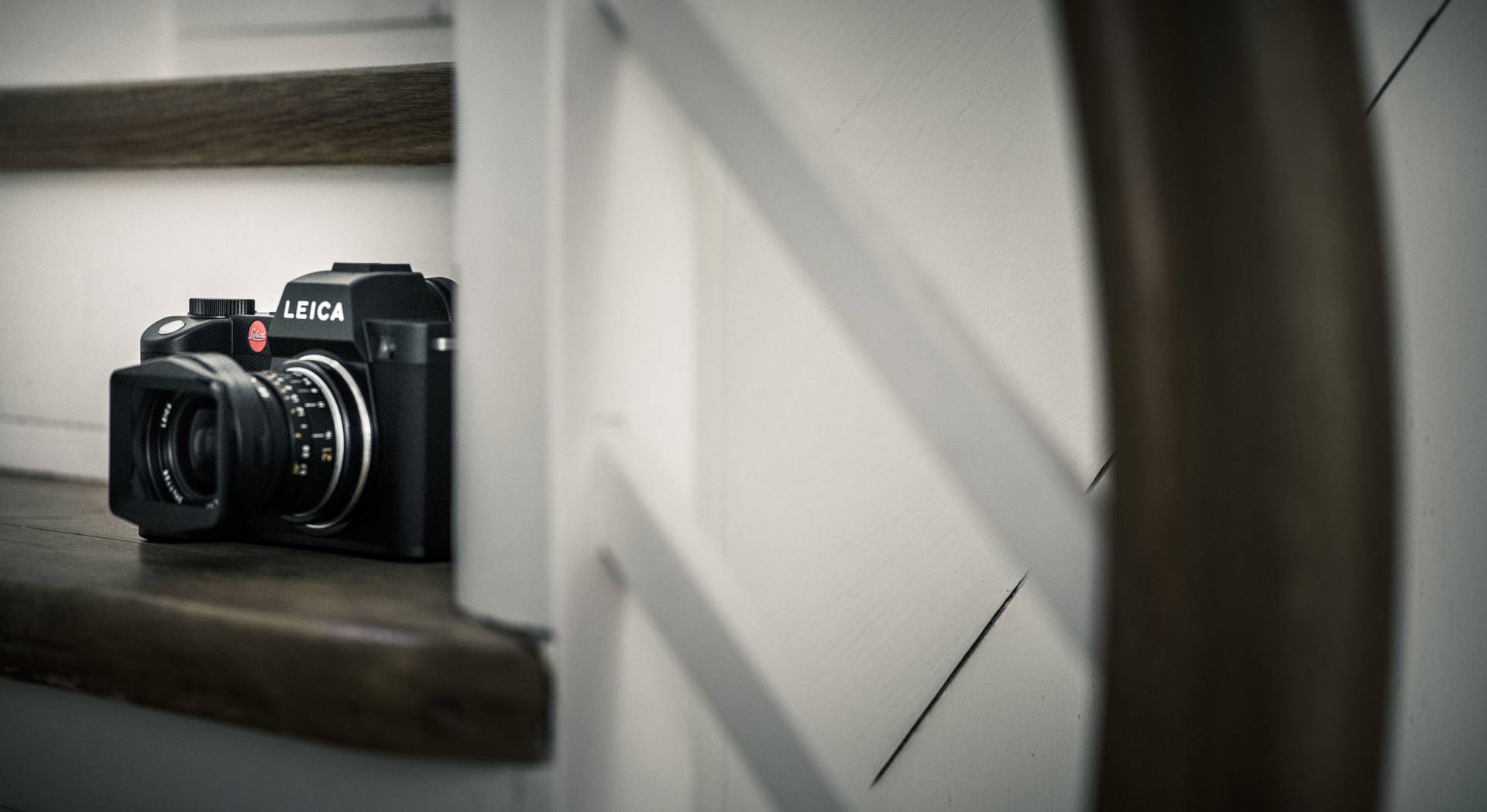
Compared with my beloved M-cameras, it was too big, too heavy and, in view of the already long-established mirrorless competition of Sony & Co, with their excellent cameras, rather superfluous. Even for Leica it was way too expensive. These were my first reactions back then. And so it was that at the time the SL was removed from my wish list.
At that time, Leica still played the supporting role for street and travel photography with the M system. For the main work in my job as an advertising photographer within my agency, apart from the digital medium format in full format, DSLR Nikons were my weapons of choice.
Turnaround
Then came the turnaround: As a Hasselblad V photographer for many years, I was enthused by the Hasselblad X1D when it arrived. The realisation grew with working with this mirrorless medium-format camera that my ever-increasing problems of focusing with digital SLR cameras were suddenly blown away. No more problems with blurring during hectic appointments, because the sharpness just does not sit at the one the spot, requiring you to sweat blood and water to get the sharpness where you need it.
That was the initial spark which caused me to take a second look at the Leica SL as a possible workhorse. Good that I did, because at the very first encounter I recognised immediately that this was a great camera. It represented Leica’s high quality standards in the field of mirrorless cameras. From the start I got along well with the SL in its guise as a workhorse. Since then, my association with Nikon DSLRs has ceased after over 30 years. With the SL and M, I am now completely happy and at peace with Leica.
No choice
A few months ago, I was asked by Leica Forum administrators, Andreas and Leon, if I would be interested in becoming a field tester for the software of the forthcoming SL2. What a question! Of course I would.
I should say in advance that this review is written against the background of a purely practical user who uses his camera professionally and privately in his own personal way. I am not a professional tester who judges the camera by means of neutrally processed test photos on the test bench. And, although I will of course try to judge soberly and factually, my findings are always relatively subjective and very related to my personal way of working.
They are not very technically based, the image results are developed by me from RAW with the Photoshop converter, basically in my style. I will not go into much detail in terms of features and technical capabilities of the new body. Furthermore, I am predominately a stills photographer and my review therefore refers exclusively to photography with the SL2. I make no statements about the camera’s video opportunities, although I acknowledge that Leica has gone big-time into video with this camera and it is likely that many videographers will be attracted to the SL2.
Ergonomics, handling and operation
The die-hard SL user, picking up the SL2 for the first time after unpacking, will be amazed. Despite the familiar appearance at first glance, the -2 feels extremely different. It becomes clear at once that the slightly different design elements and surfaces have led to a significantly changed grip. The SL2 is a perfect example of how just a few millimetres of change in the chassis pitches and shapes can make a big difference or improvement to the handling.
Andreas Kaufmann, in a popular video interview, said that a new SL would not be as brutal and would be more cuddly. He certainly expected a significant redesign and some may say that he would have expected even little more change in the SL2. The original SL design was controversial from the start.
But I am happy to say that the relatively minor changes in handling have wrought a significant improvement in the overall experience of owning this camera. The new “leather jacket”, the slightly rounded edges of the textured metalwork and, especially, the slight modification to the shape of the grip, with its inner recess, provides significantly more grip. The SL2 holds up well in my medium-sized male hands and is simply excellent to handle.
The weight is practically the same — although you immediately think the camera is lighter because of the better handling. Although the new model is actually 80g heavier than that of the SL, I would have sworn the first time I picked up the -2 that it would be lighter.
Here you can clearly see how the grip and feel can subconsciously create an impression of a camera. The dimensions of the camera have remained practically identical, the case has not increased in thickness. This is surprising because the SL2 now has IBIS with its moveable sensor. More on that later.
What immediately catches the eye is the modified button design on the back of the camera. Here you have the three clearly-labelled pushbuttons as on the Leica M10 model, which I personally find great. (Also, incidentally, they are identical to those on the Q2 and CL).
Those who work in parallel with the M10, such as me, find this departure from the unlabelled four-key concept of the SL a real relief. Although I got used to the SL over time, I always had my problems with the key assignment when things got hectic. The new concept suits me down to the ground. Joystick and adjustment wheels, on the other hand, have remained the same as on the SL.
The new strap lugs, which are external and no longer recessed in the body, are a design cue I find a little less attractive. However, I do admit that it is now easier and quicker to attach and remove the strap as a result of the new design. It’s an improvement in practice, even though the sleek design has suffered as a result.
When it comes to menu navigation, the SL2 is also quite similar to the M10 — but of course only in the areas that correspond to the M10. Added is a so-called quick menu in the main interface, which you can configure yourself. Here you can read the most important and most frequently used functions at a glance and operate them via touch interface without having to enter the list menu.
One big change from the SL is the absence of a GPS. The SL2 has no antenna for locating and therefore no internal GPS. This is nicer for the design, because the ugly plastic hub on the left, under which the antenna was located, is now gone. GPS is now available only through the connection with the smartphone. Certainly some will regret that. Personally, it does not matter that much, as I’m not a copious user of tagged photos. Nevertheless, for some, this may be a downer.
The Sensor
The denser sensor is high on the list of reasons why Leica claims that the SL2 is a “milestone”. It is a completely new sensor with 47.3 effective-megapixel resolution. And is also equipped with IBIS. Above all, the so-called In Body Image Stabilisation — that is, the anti-shaking dachshund in the camera with the help of the movably mounted sensor — was a much-anticipated feature that has now become reality.
For me personally, the addition of IBIS is at least as important as the doubling of the resolution, if not more so. The risk of blurred photos becomes greater as the sensor resolution increases. It is a great thing to be able to draw on it objectively and independently.
It works too! As one who often attaches M-Lenses to his SL I think this is a really big step forward. With the many adapted manual lenses or also the new foreign lenses from the L-mount range of the partners without lens stabilisers (for instance, my new 45mm f/2.8 SIGMA with L-mount) having image stabilisation is a great asset. And, as already mentioned, Leica even managed to squeeze the IBIS sensor into an equally slim body. Perhaps that’s why they had to make the strap lugs external!
I can only say good things about the image quality from the new sensor. Contrary to my fear that the higher resolution on the same sensor surface as the SL would lead to more noise in the higher ISO range, the SL2 has completely quelled those concerns.
Even at ISO settings, the new sensor shows what it can do. The images are consistently not only finer, but also lower in noise than those from the camera’s predecessor. This is detectable at any ISO setting, but becomes visually more relevant once past ISO 400. This is really remarkable and refutes the commonly held opinion that a larger pixel density automatically leads to stronger noise.
But I have confirmed one suspicion: The SL2 does not replace the digital medium format for me. However, it does come very close to the image quality of the larger sensors. Yet for those who need the last ounce of perfection in their photography, it is still not possible to better the larger-sized mirrorless cameras from Hasselblad or Fuji. That said, the distance between the new formats with the arrival of the SL2 has become significantly narrower. The SL2 achieves a level which will probably be sufficient in 90 percent of cases.
Clarification
I have made a small comparison to help clarify this proposition. Below a series of images, which I photographed with the Leica SL, the SL2 (each with the 24-90 Vario) and with the Hasselblad X1D and the 90s. I want to emphasise that my comparison is only about the noise behaviour and the dynamics, not about the resolution.
The area of sharpness is sometimes not exactly the same in the test shots, so my photos are not suitable for analysing the resolution but only for comparing the noise behaviour.
For my assessment
Thus, in my photographic reality, it is easier to compare what the sensors in the high-ISO range do when, as is common practice in the job, they are used for later for different media — for instance for large billboards or exhibition boards have to be “inflated” to the required resolution.
My conclusions overall: Although the pixels of the SL are larger than those of the SL2 and thus would have to be brighter, the noise as the SL sensitivity increases is blatantly stronger. The quality gap between the two Leicas is definitely bigger than that between the SL2 and the Hasselblad. Of course, the SL2 and X1D have the same pixel resolution and so the fineness of the noise is initially the same, which is one explanation. Nevertheless, I find it amazing that the SL2, despite possessing only around 60% of the sensor surface of the X1D, keeps noise even at high ISOs so well under control. Leica has really done a good job and this includes pushing sensor technology into the high league..
In practice
To say it in one sentence: The SL2 is a lot of fun! When I got the camera I was again away on one of my small photo trips and, coincidentally has the task of photographing a wedding in Switzerland. As a result, my picture examples are not commercial in nature but include street scenes as well as scenes of the wedding.
What impressed me most about the SL2 is the ease and speed with which you can take pictures. Compared with its predecessor, the new camera is not only easier to handle, more satisfying overall, but can also provide super-fast results.
It is quiet, very agile and is therefore also ideal for street photography. It is quiet inconspicuous when used with correspondingly compact M lenses, despite the SLR look. However, I should make one point here. The bright white Leica logo on the front of the viewfinder housing has even become a tad larger than it was on the SL and is just terrible. In a similar way, the red Leica dot is too close to the edge of the housing. As a trained graphic designer and typographer, I would have wished for more sensitivity here. But I digress.
In this context, however, I should mention the outstanding viewfinder which, again, impresses mightily. I have the impression that it is not only of very high resolution but that it works without delay. It is a pleasure to achieve focus with the SL2 and I have to say that this is one of the best electronic viewfinders I have ever used.
This is likely to be interesting for sports photographers in particular. I do do some work in this area but I am by no means an expert. I use a lot of manual focus with the SL and the SL2, often with M lenses and also professionally in advertising shootings. Usually the autofocus for me does not need to be of high performance in the area of speed and follow-up.
Conclusion
One thing is certain: I will definitely get the SL2, despite my continuing work with medium format. For me, the most important point is not necessarily the higher resolution. 47 megapixels in a Leica is basically great, but I still have my Hasselblad X1D. It will continue to be the first choice in the field of architecture and studio.
What’s really intriguing For me about the SL2 is the ease and speed with which you can be on the road with these 47 megapixels. And that it also offers IBIS support. That simply is not on offer in a medium format camera. And with the comparative low price of just under €6,000, Leica has even admitted itself into a more “normal” price level. And that’s why my piggy bank has to cough up again. I just hope it’s getting fat enough.


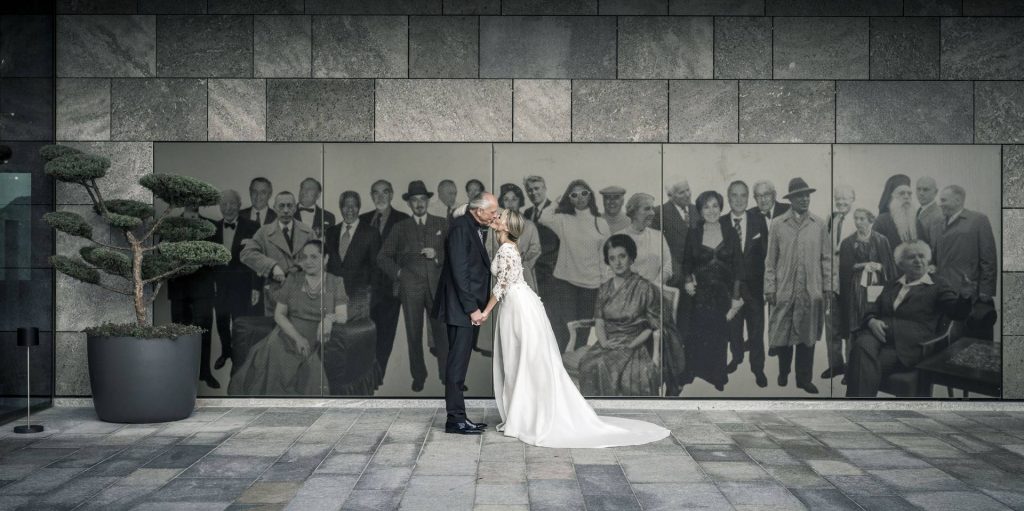
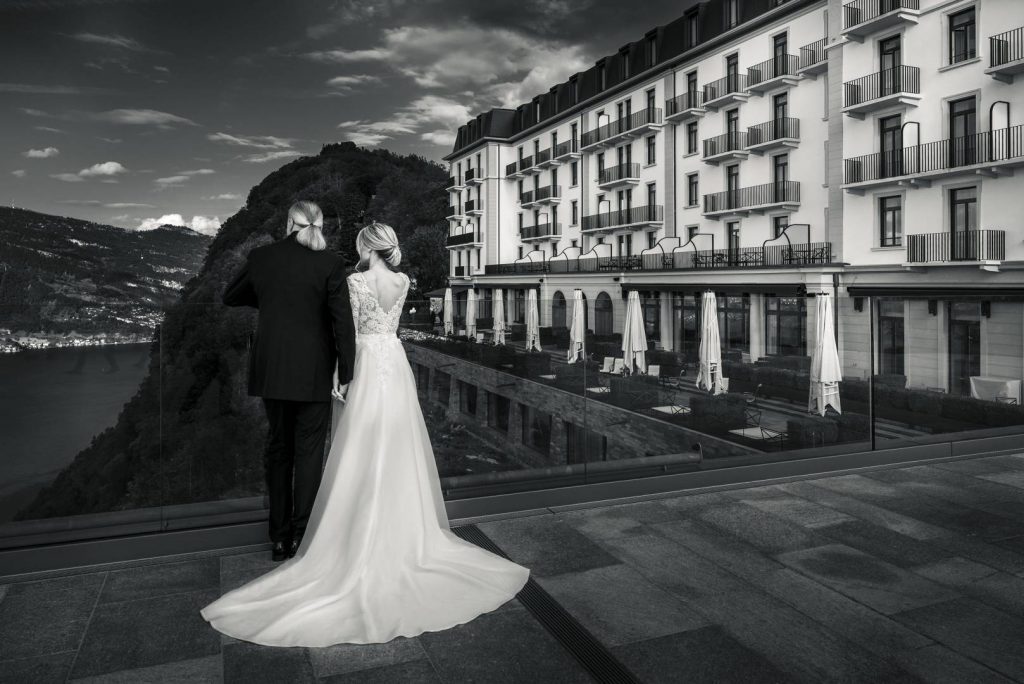
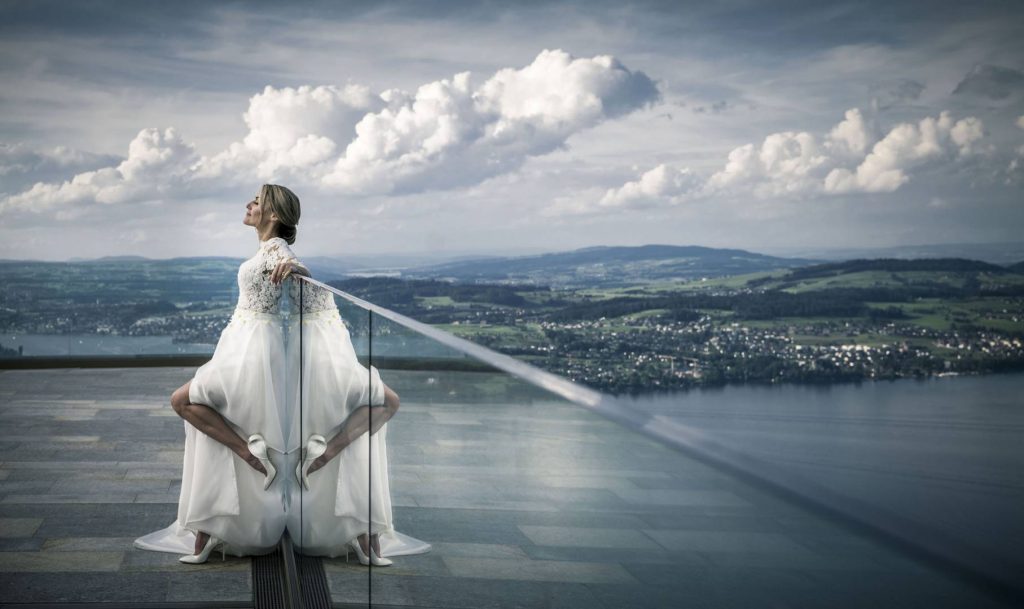
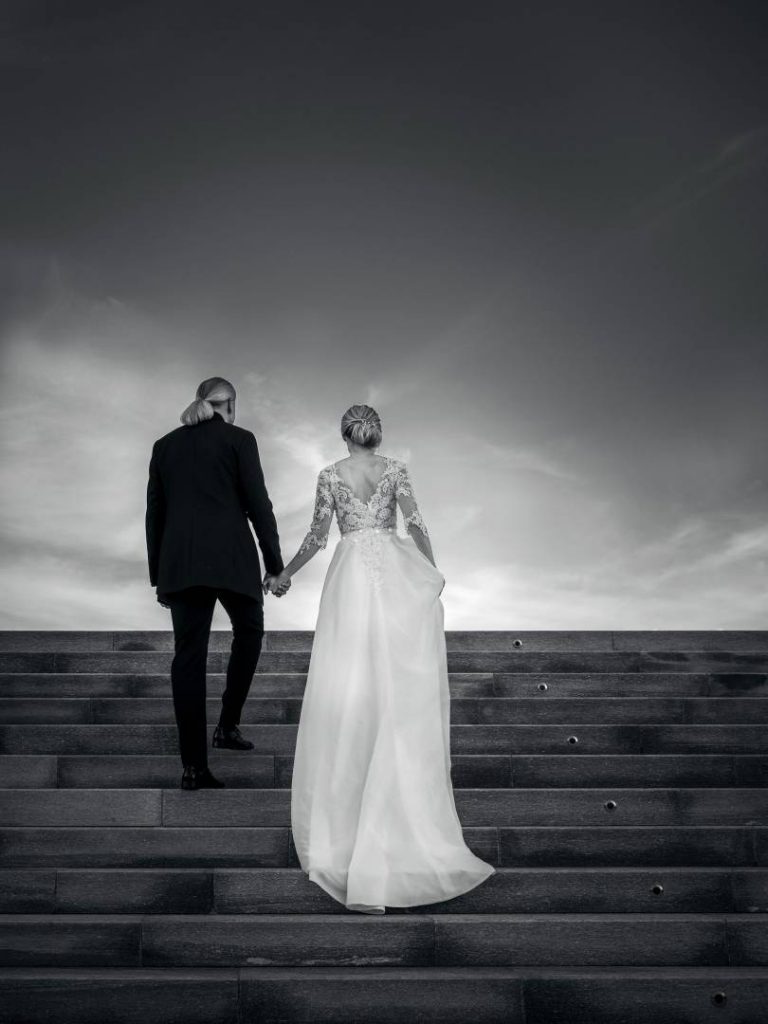
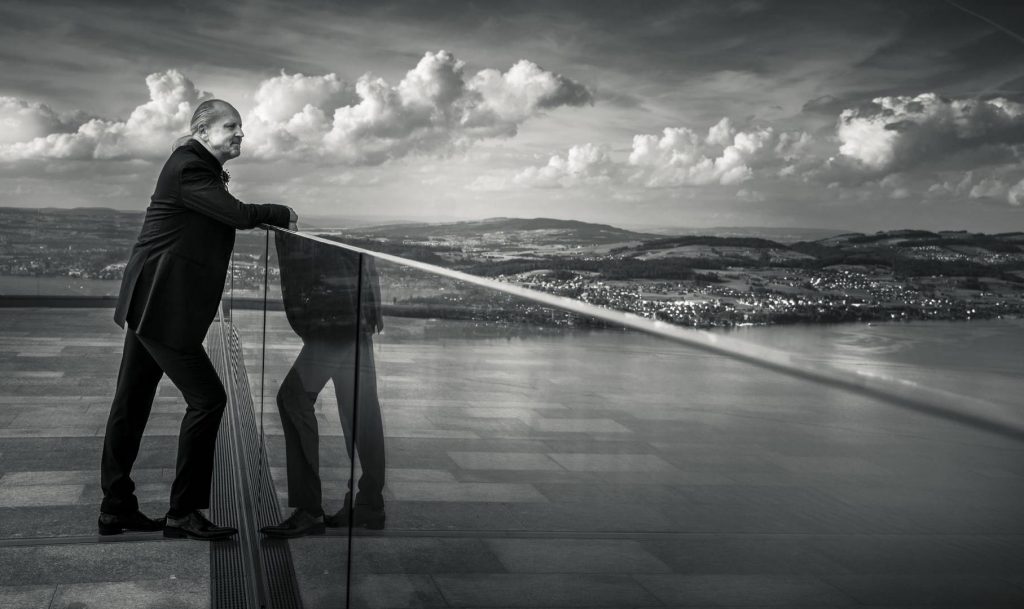
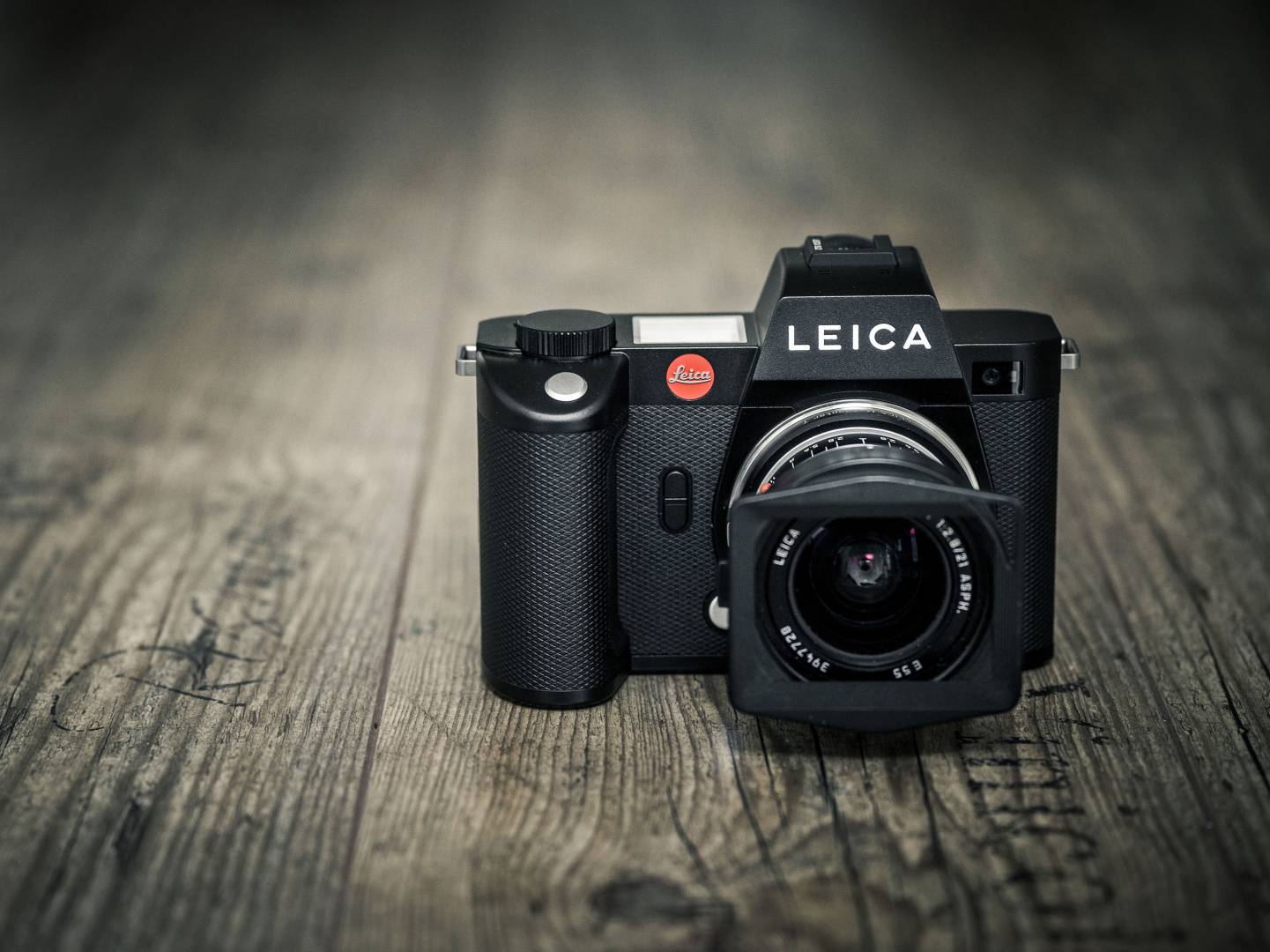
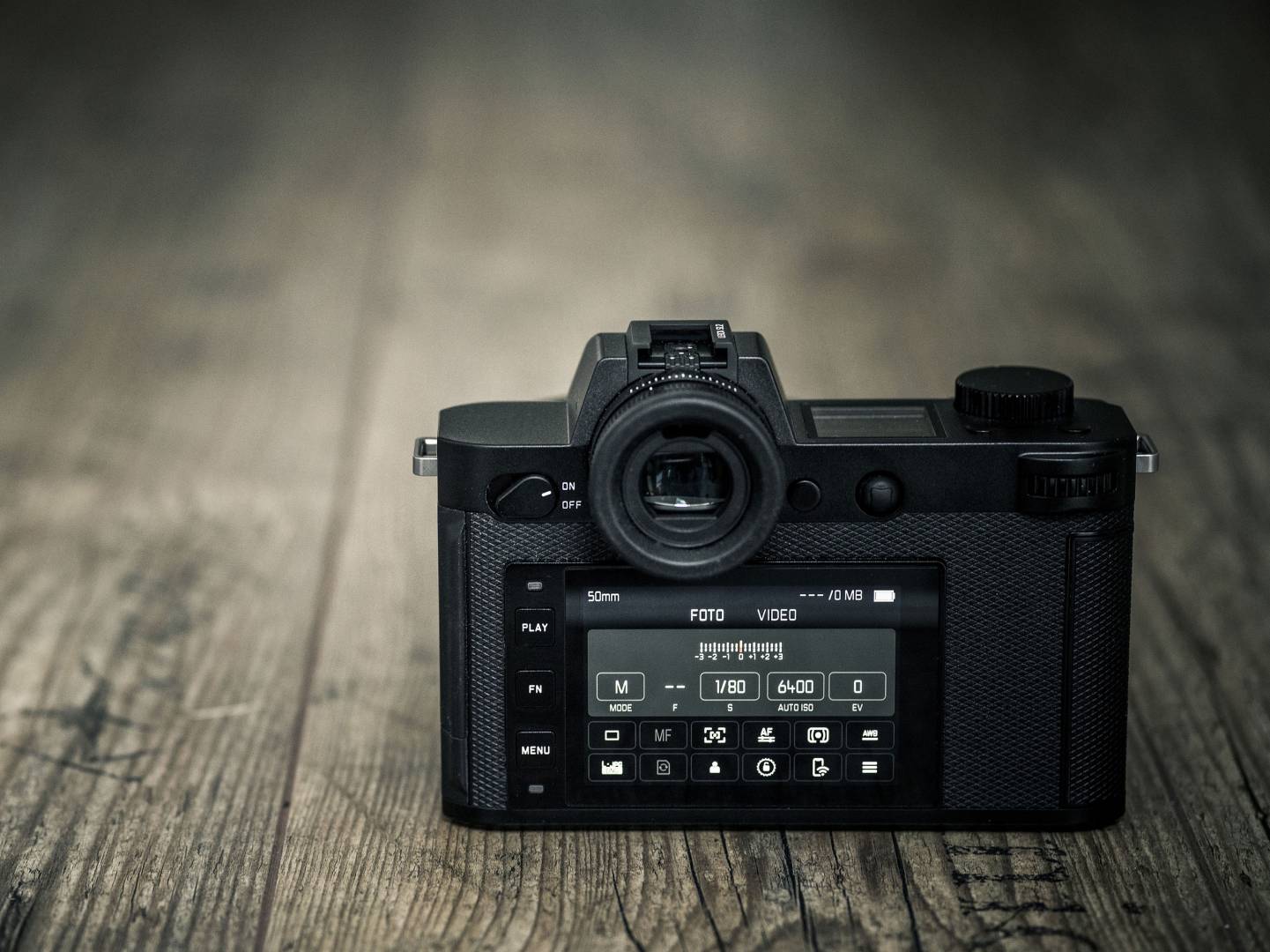
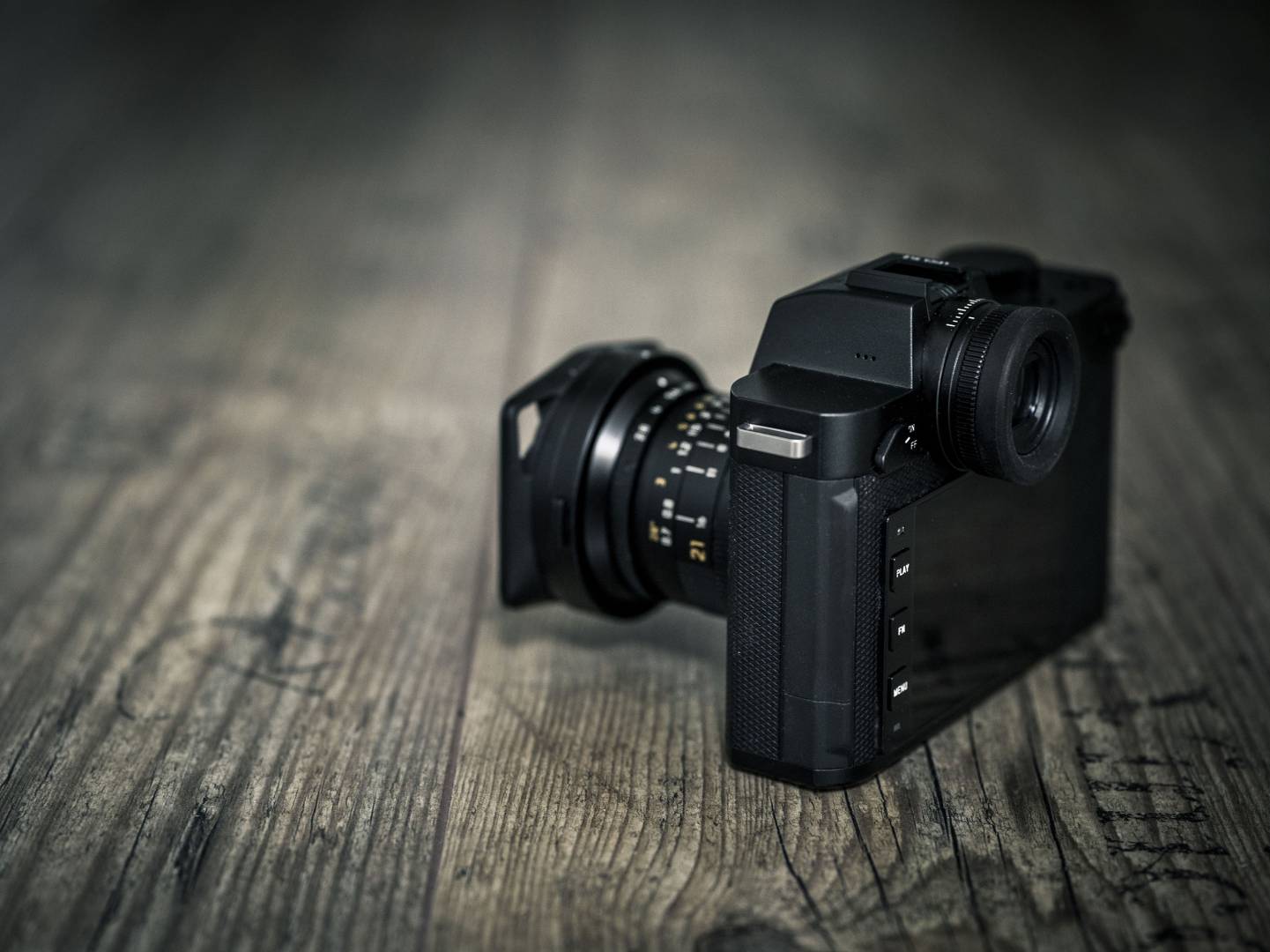
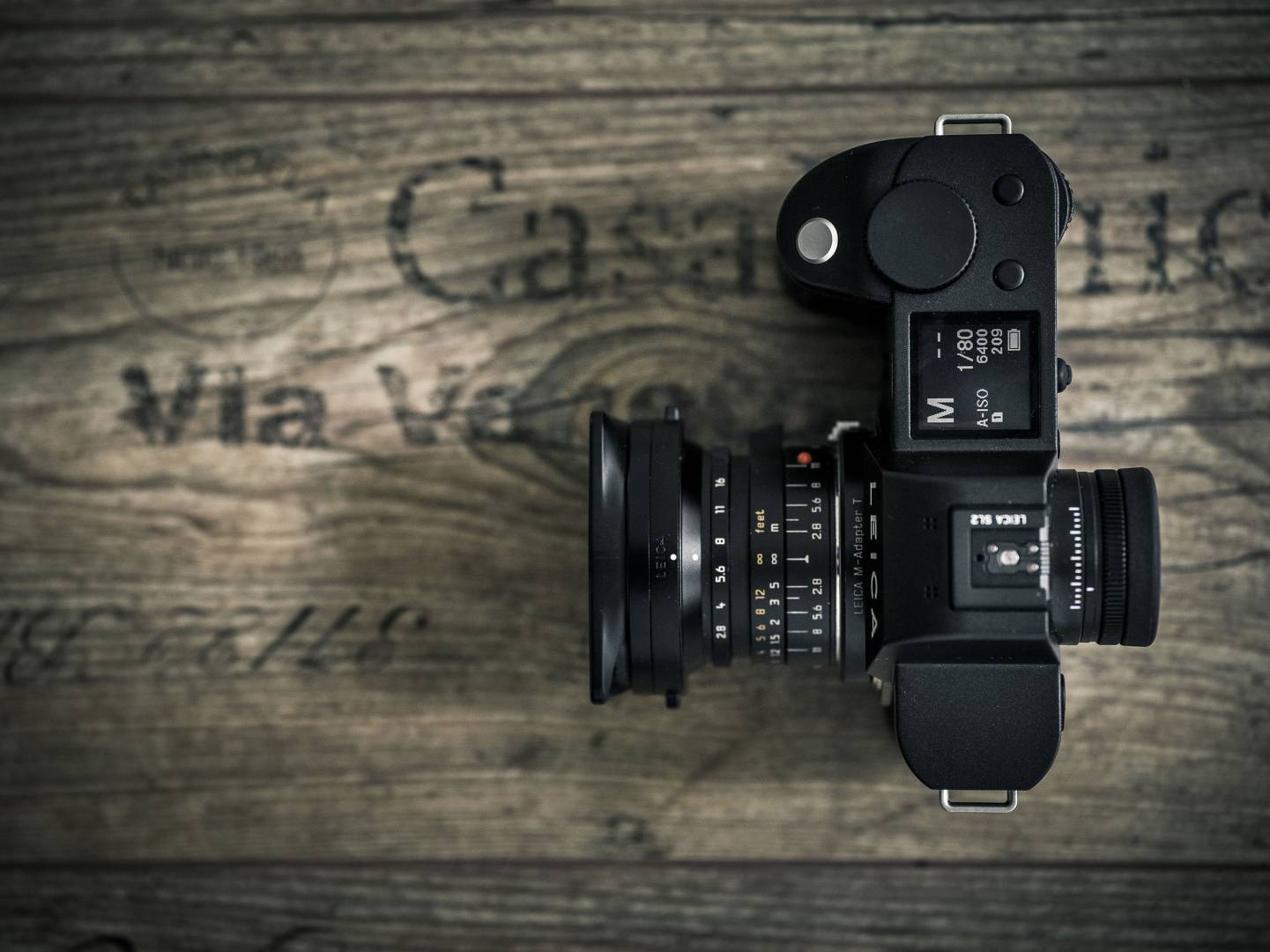
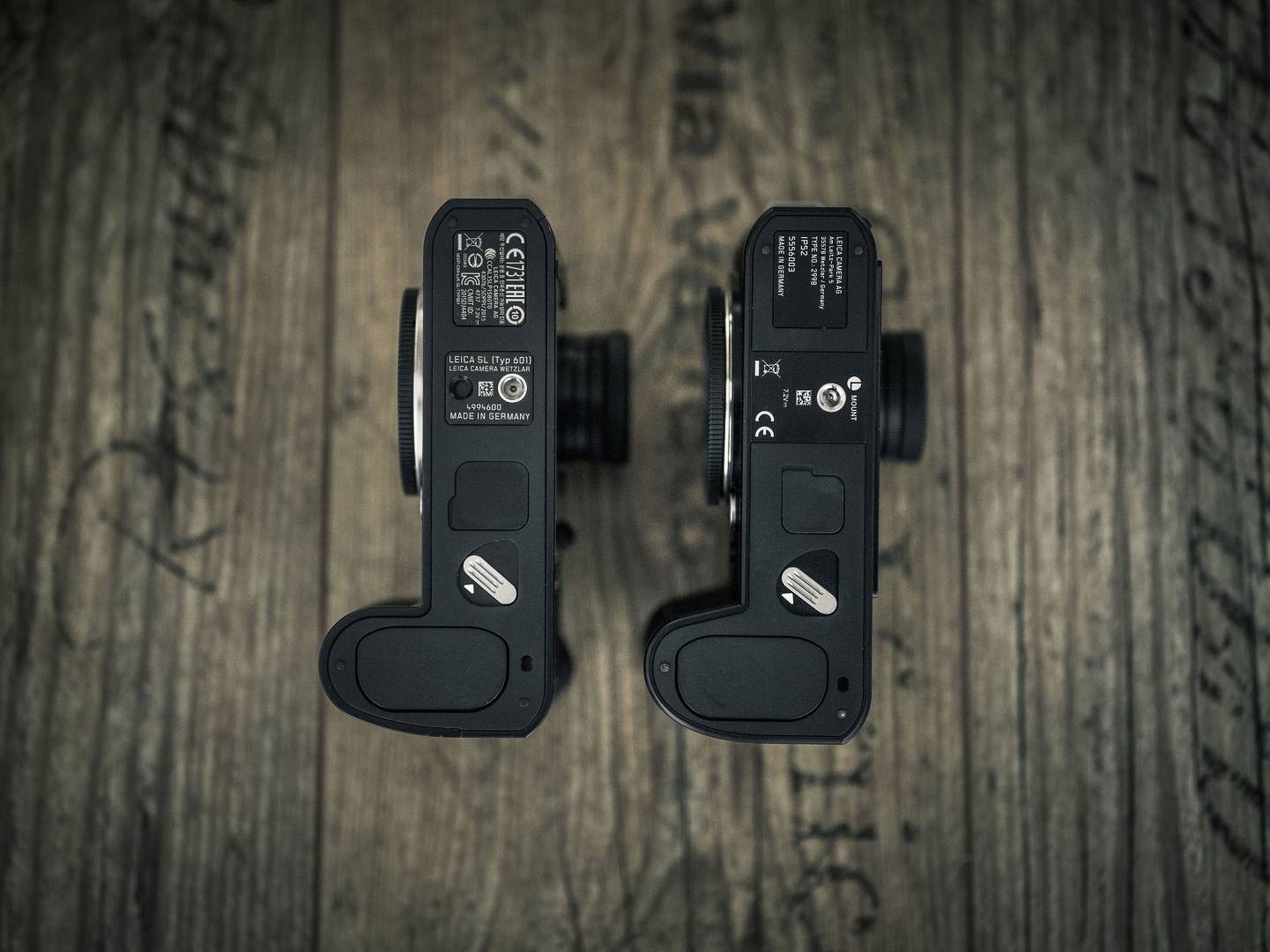
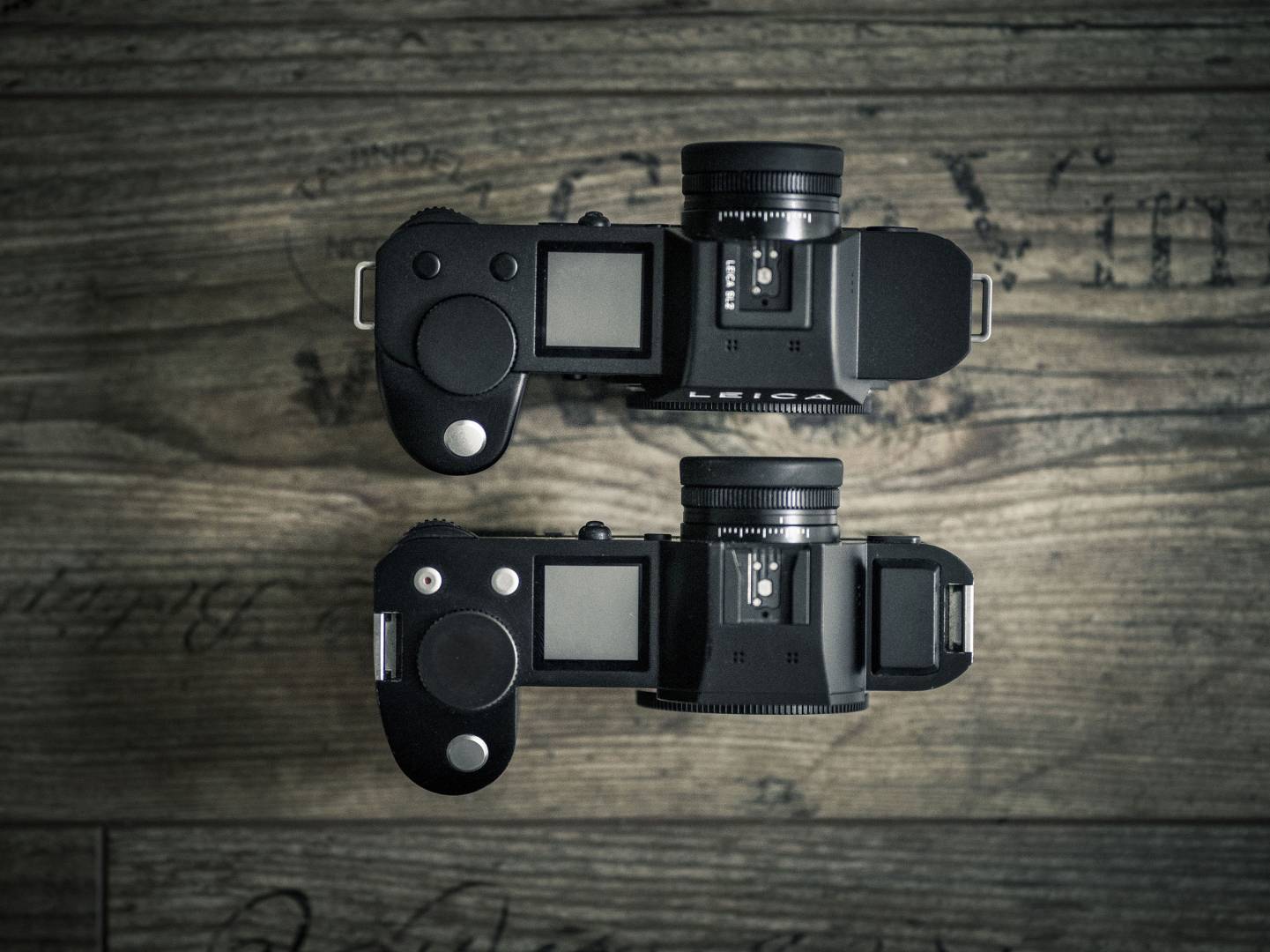
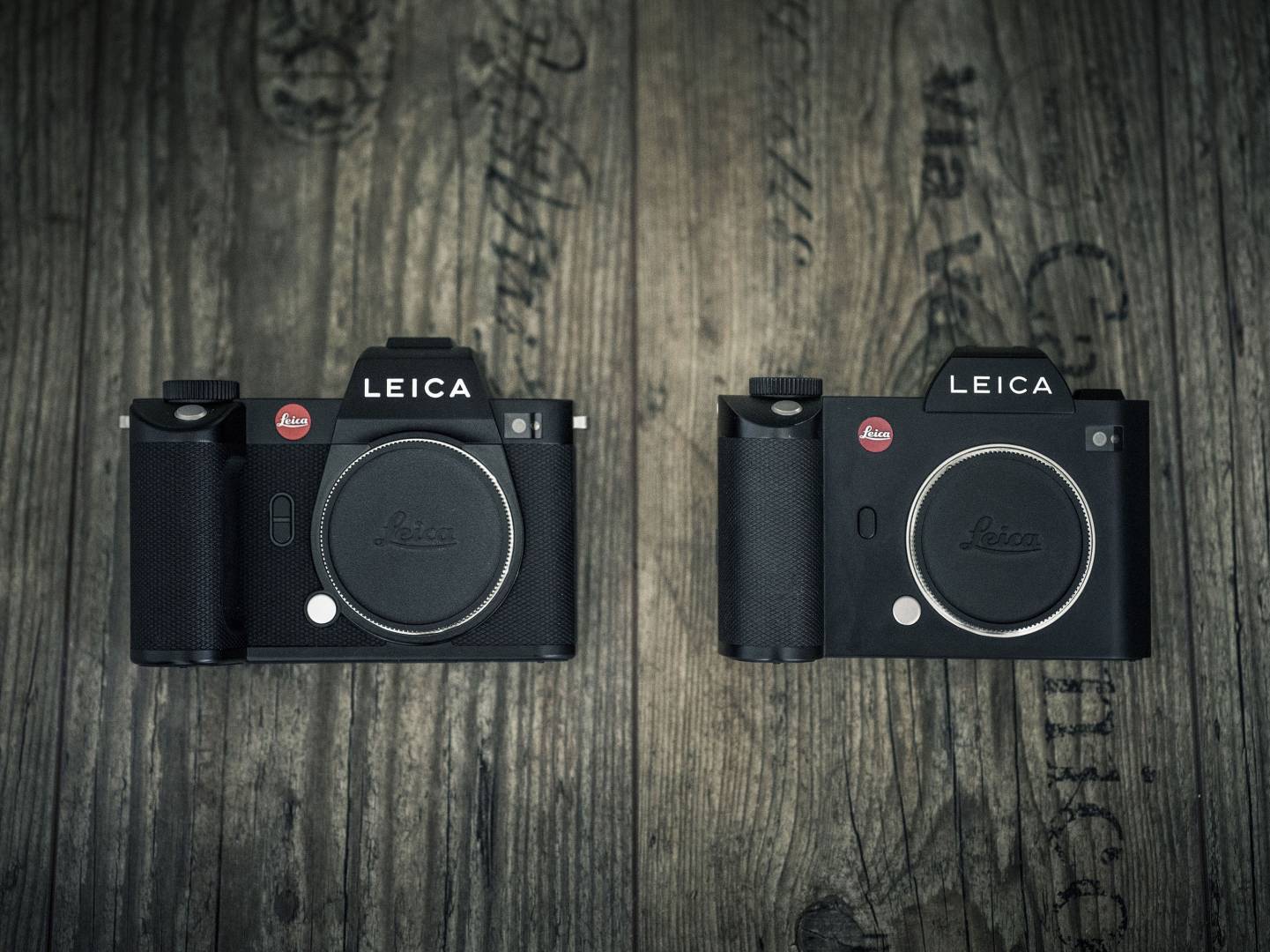
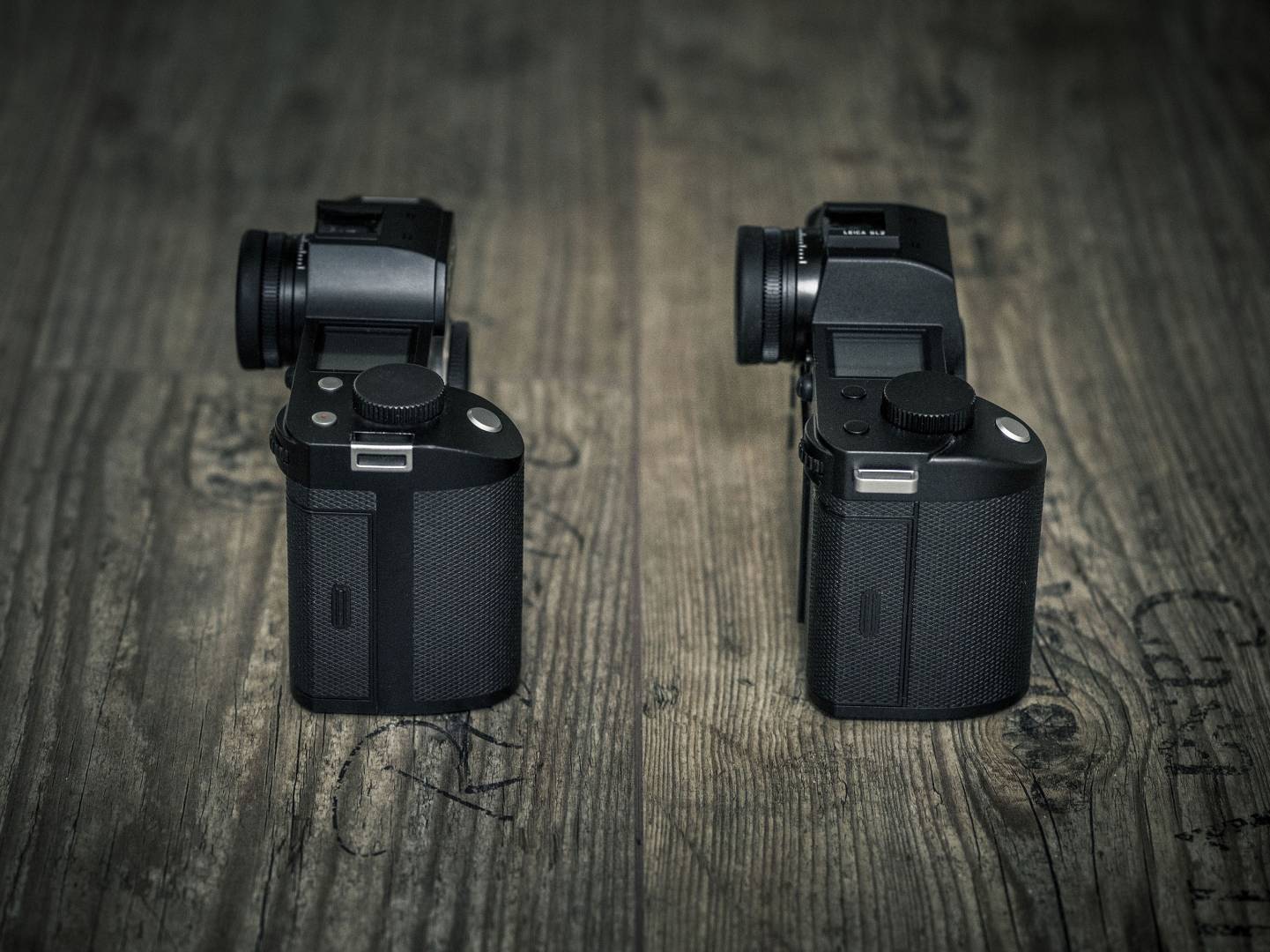
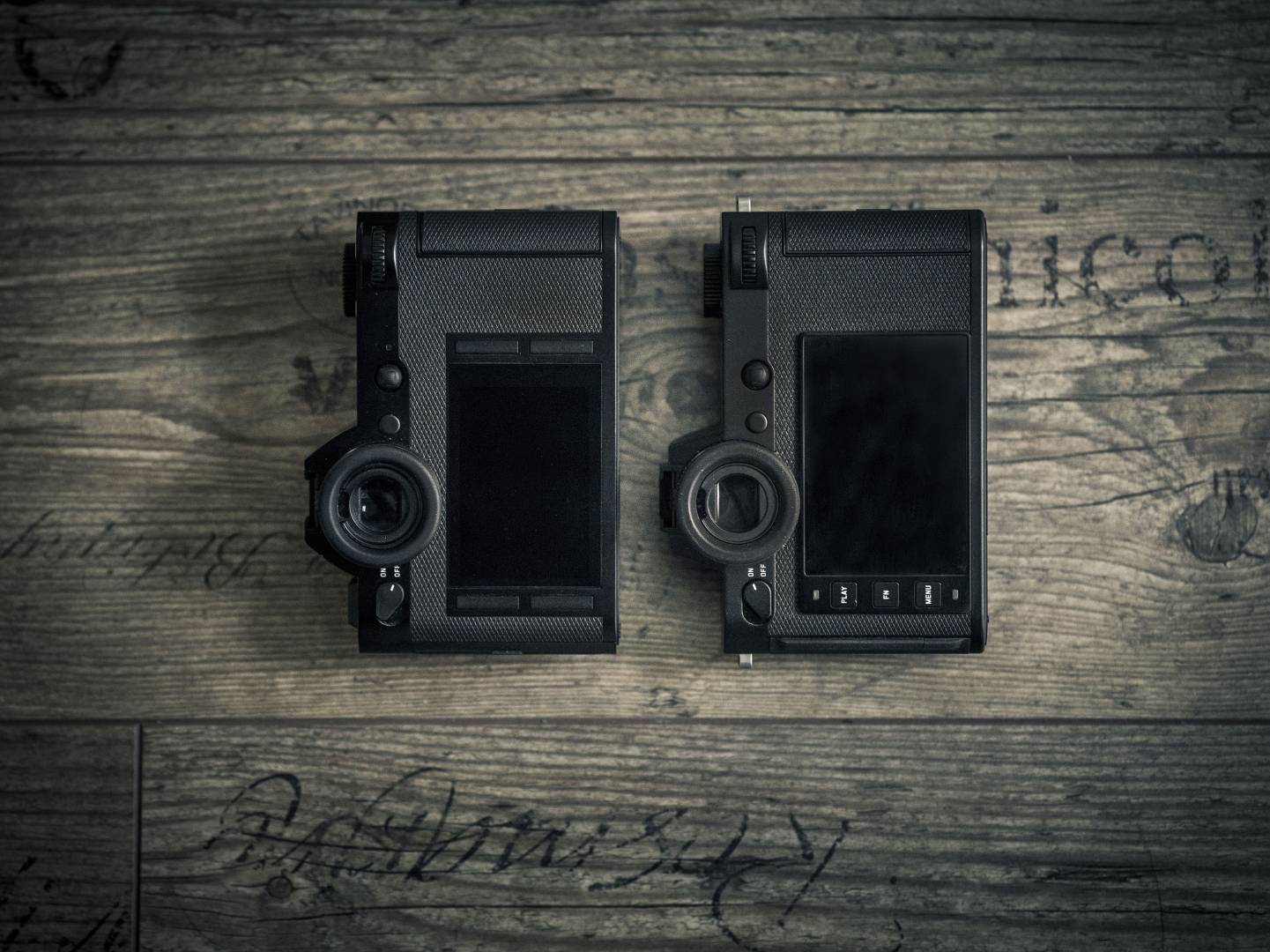
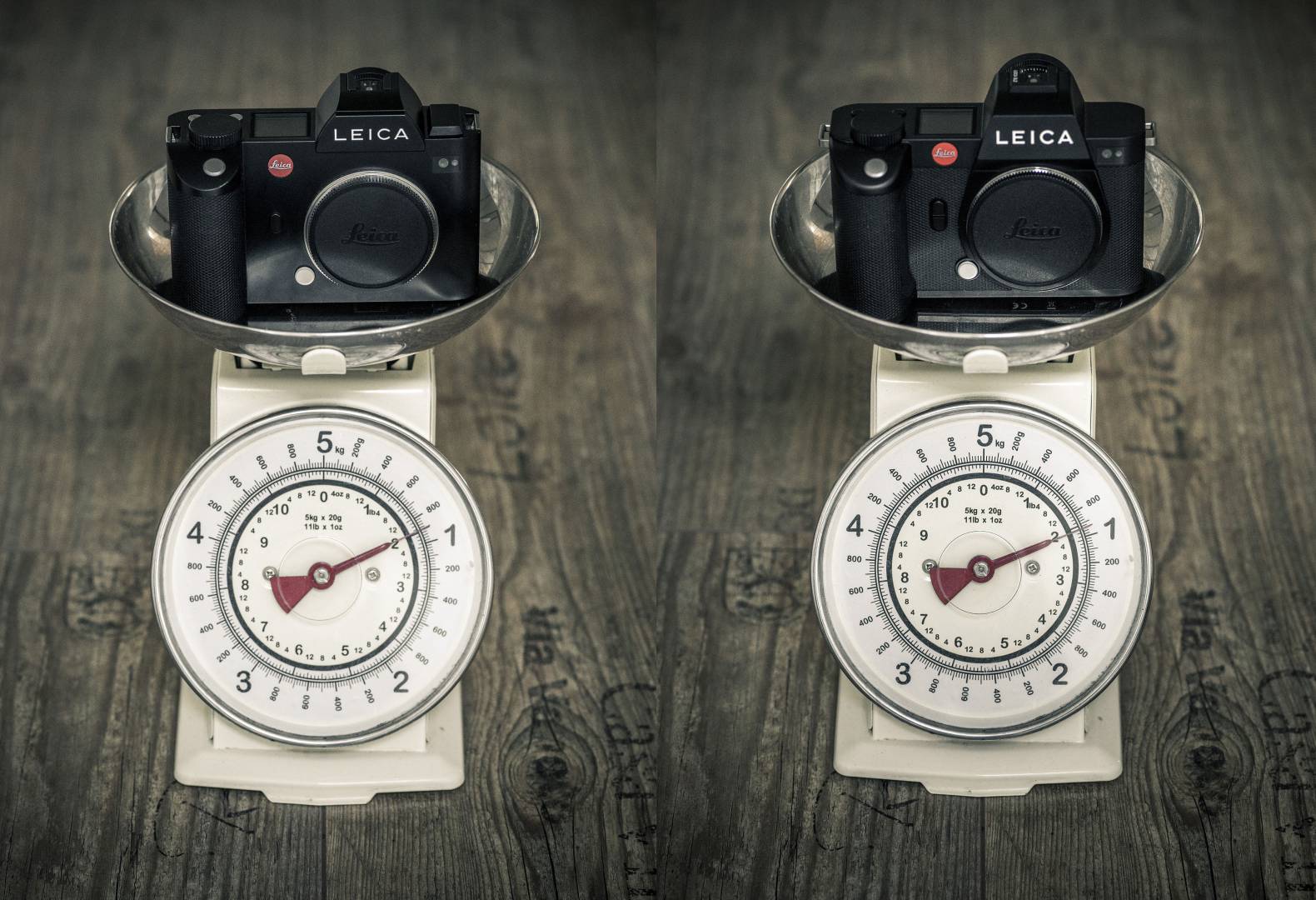
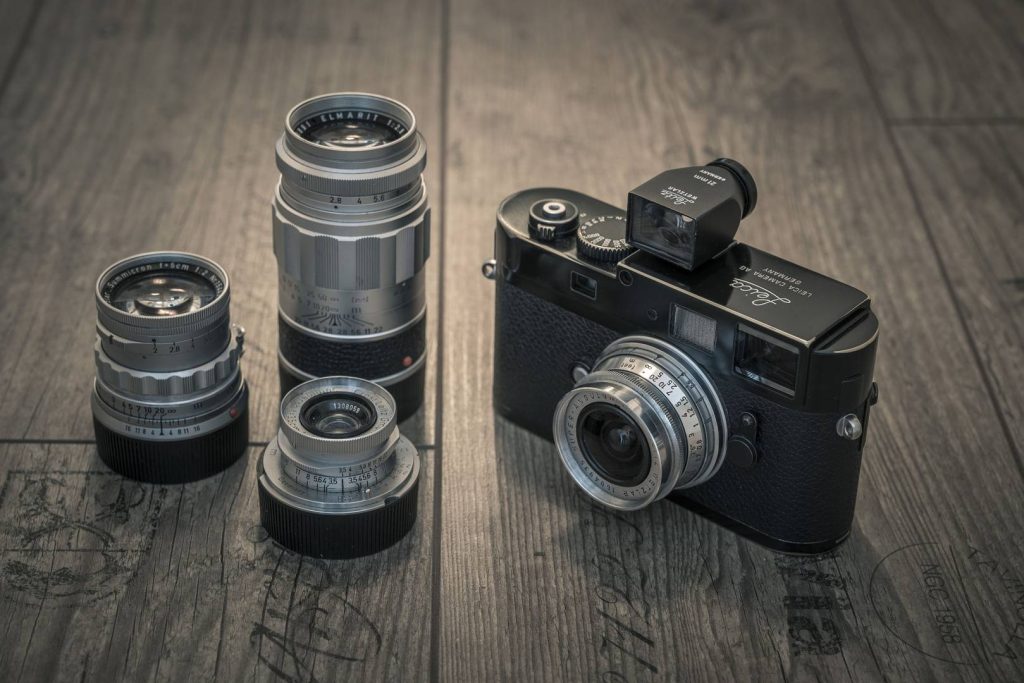
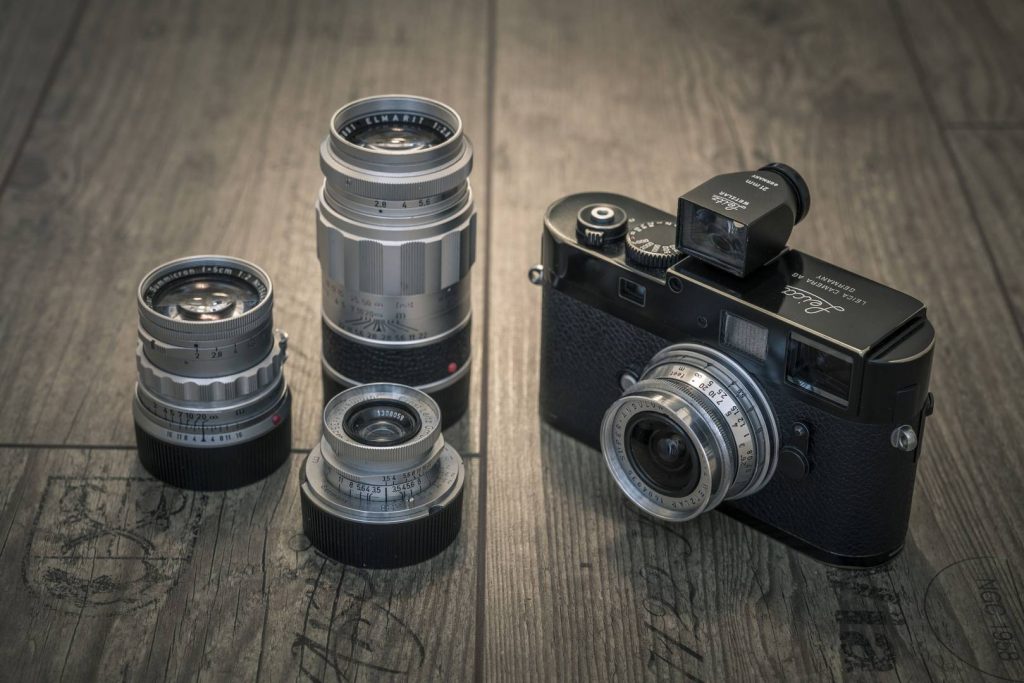
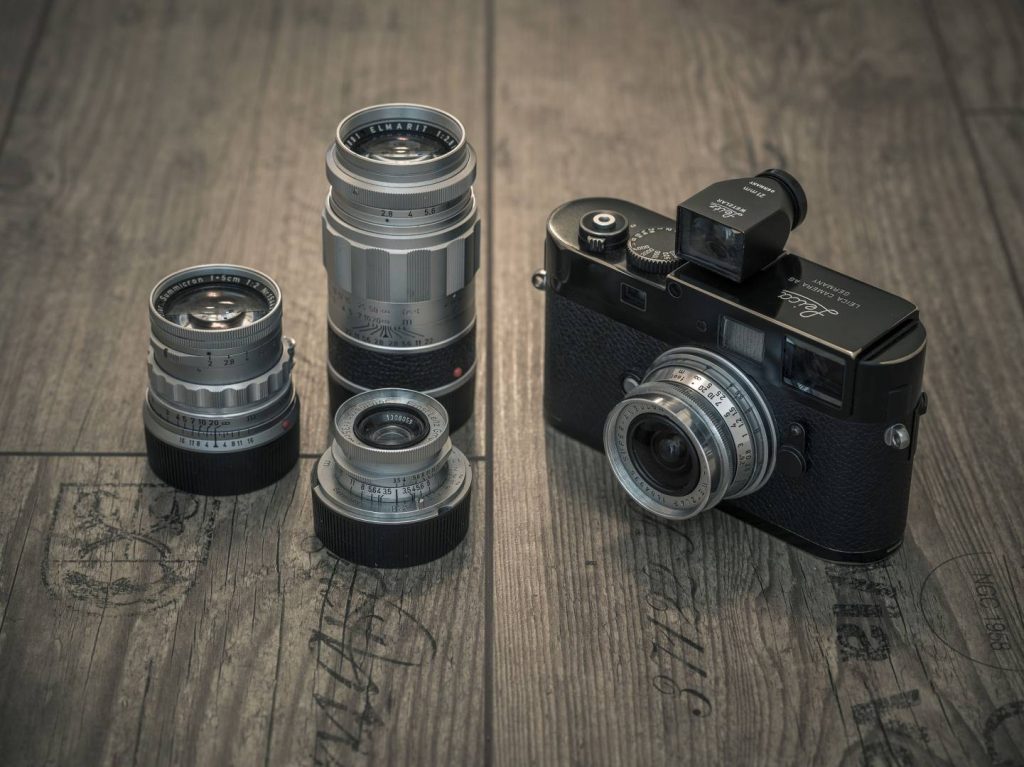
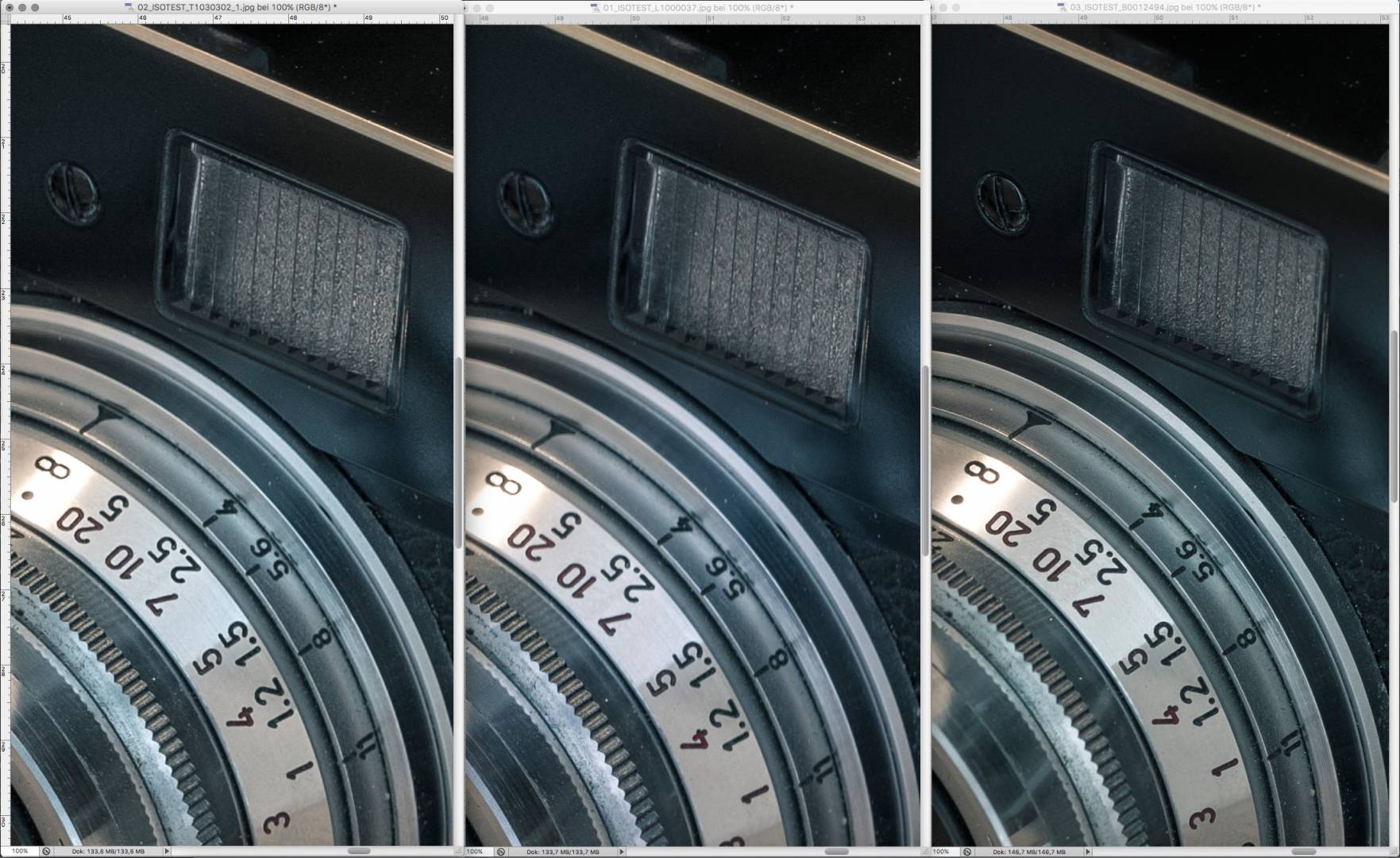
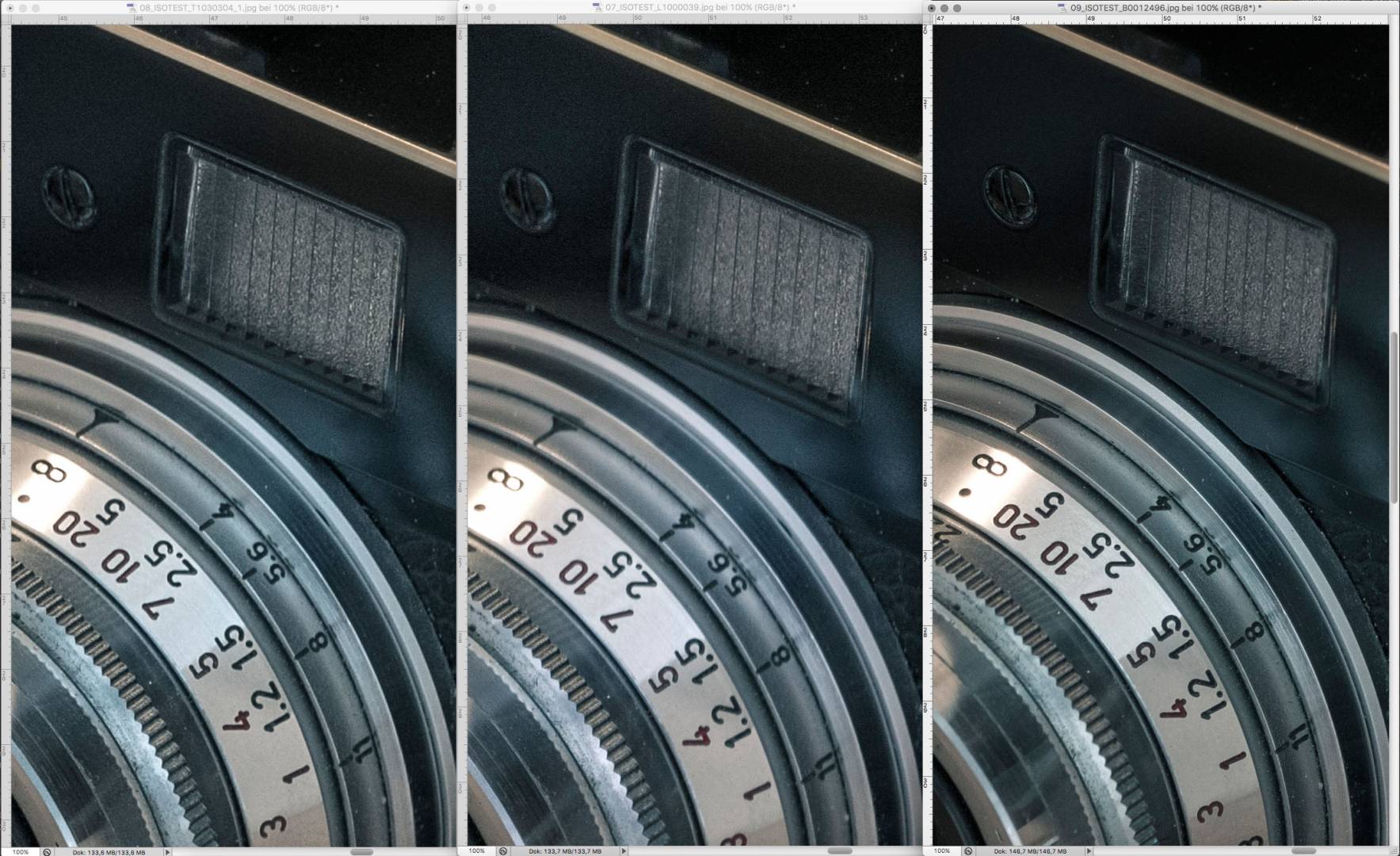
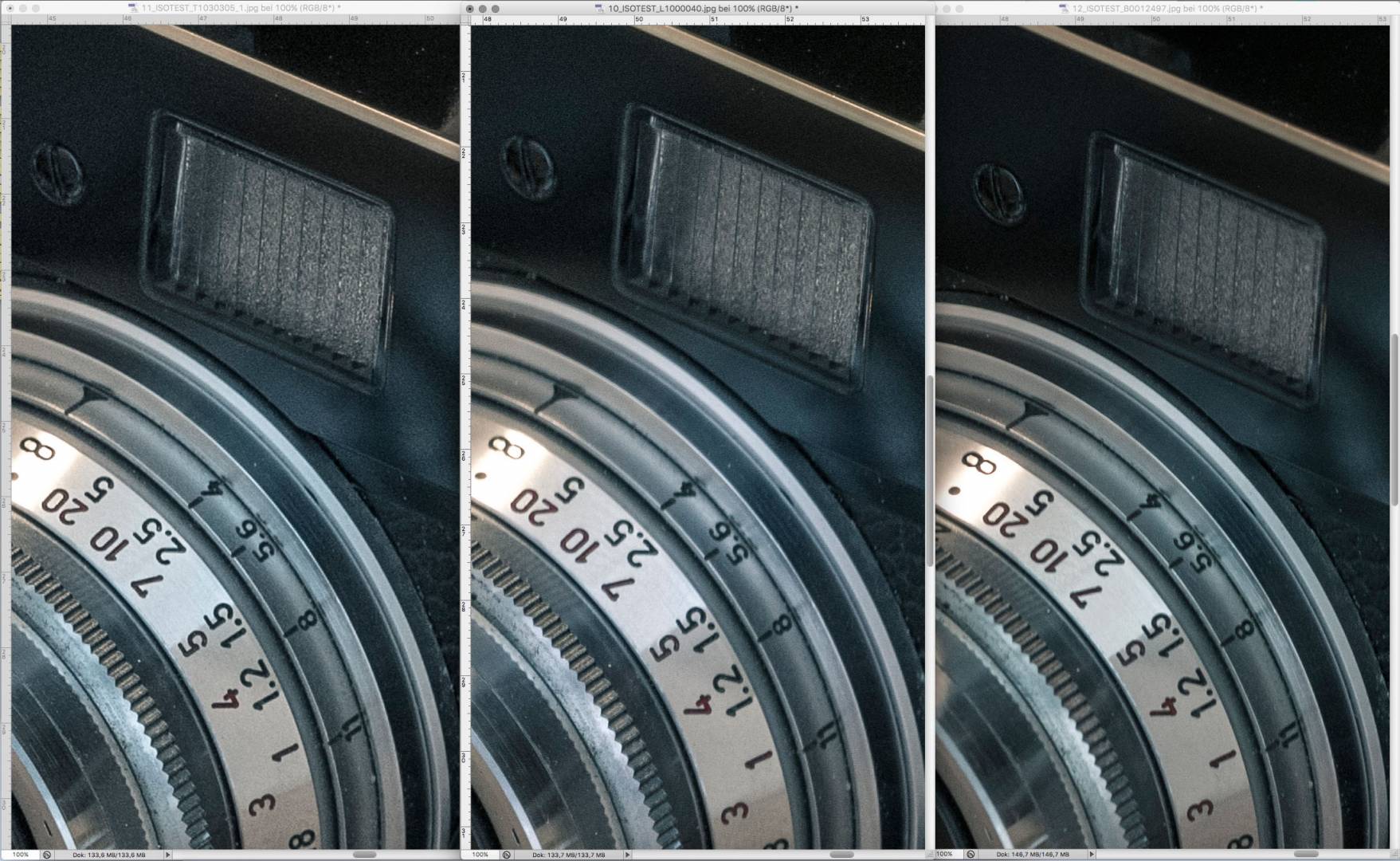
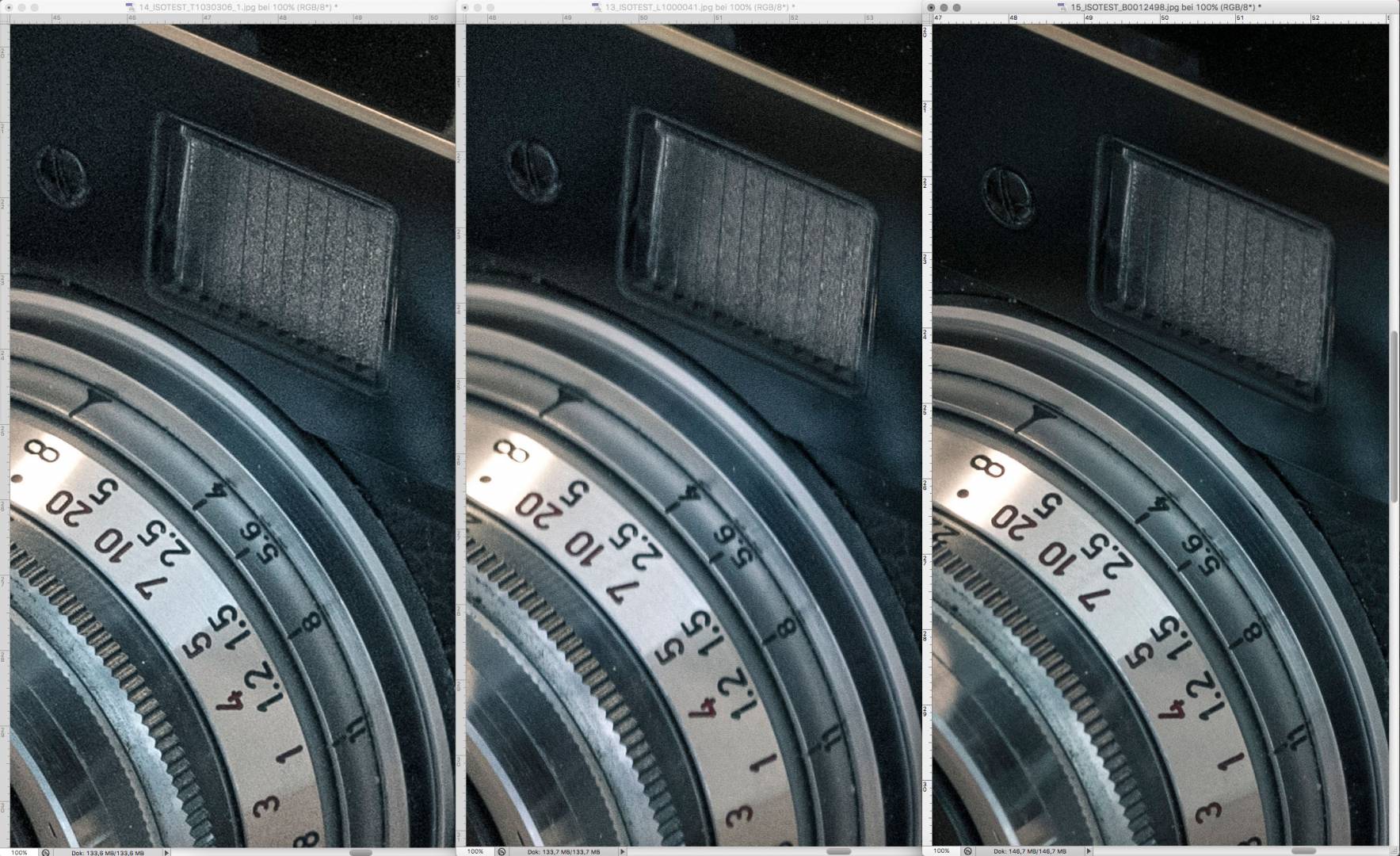
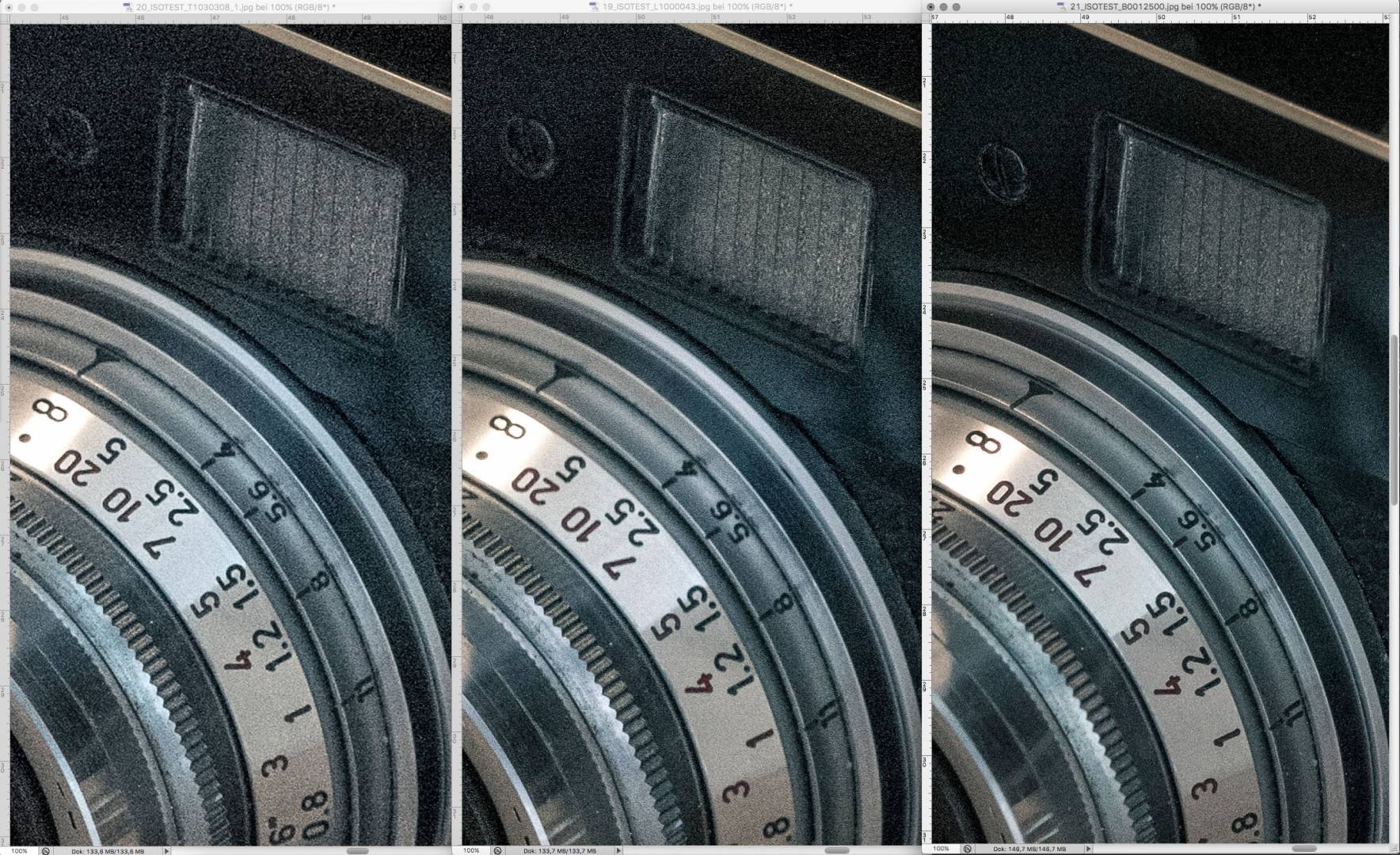
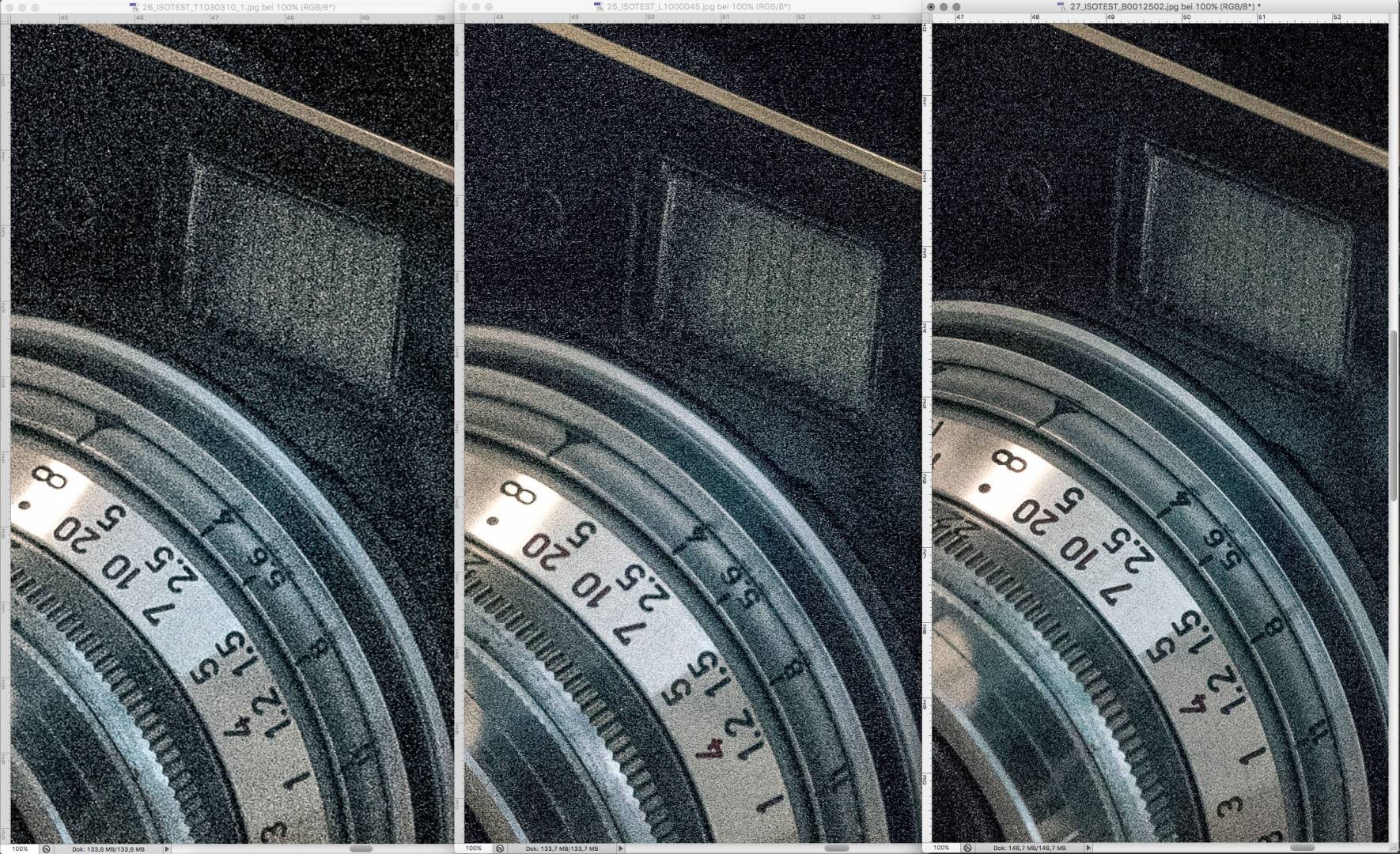

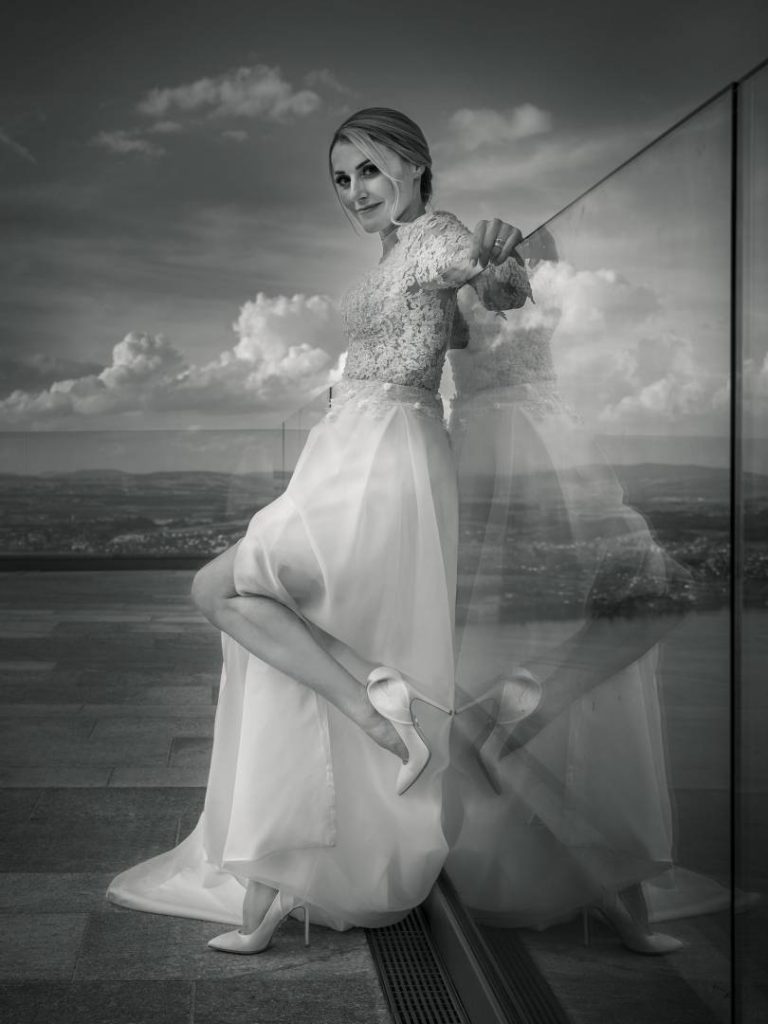
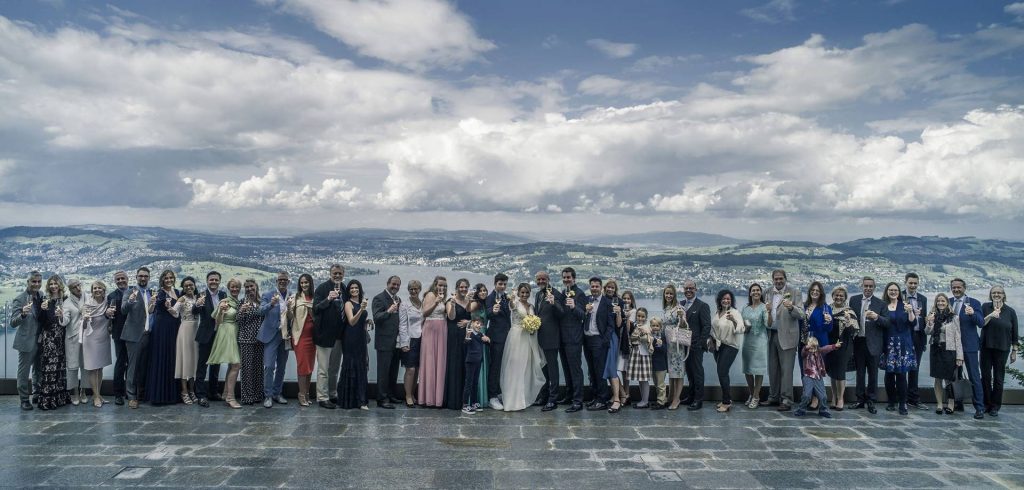
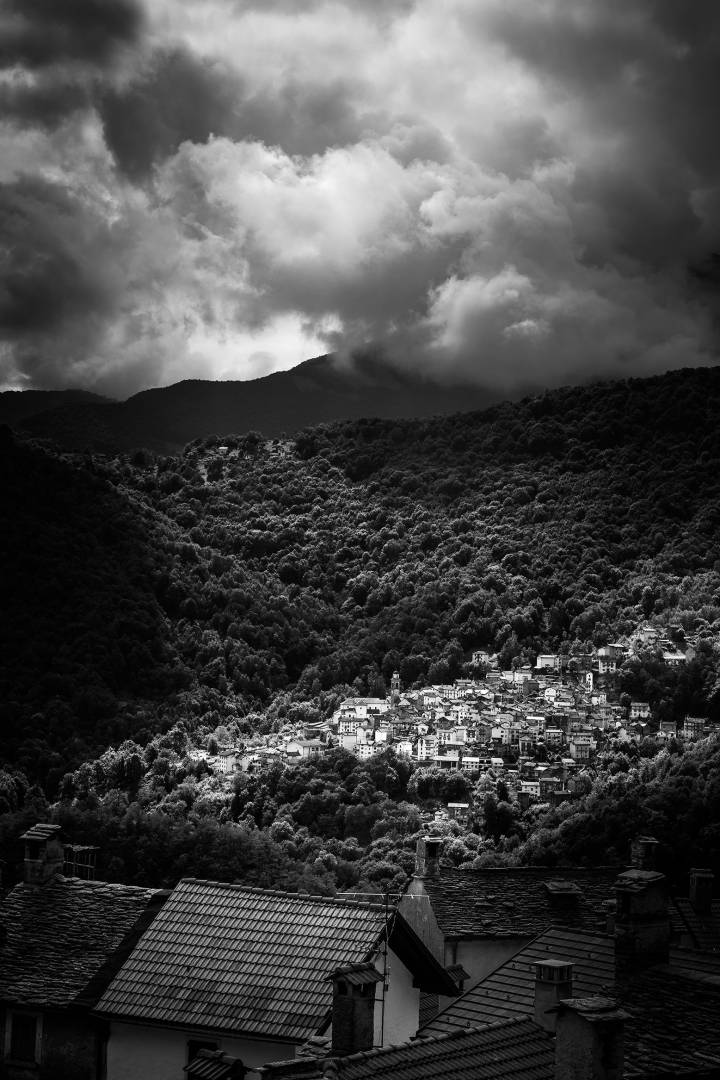
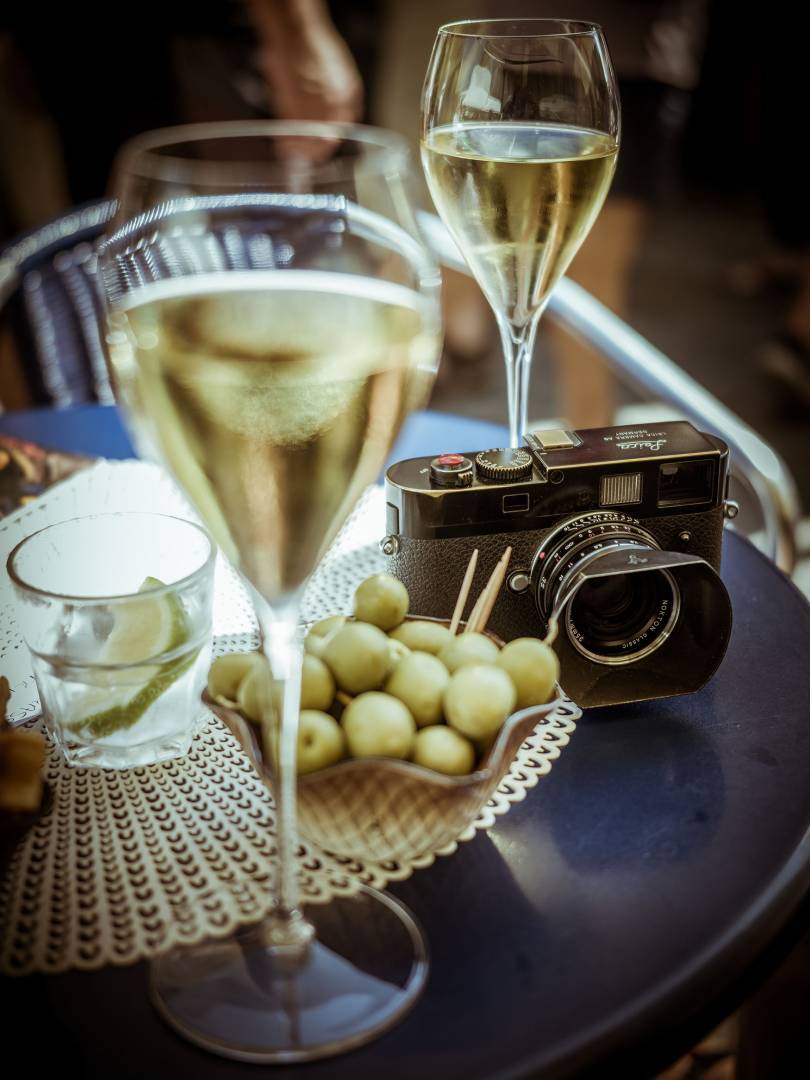
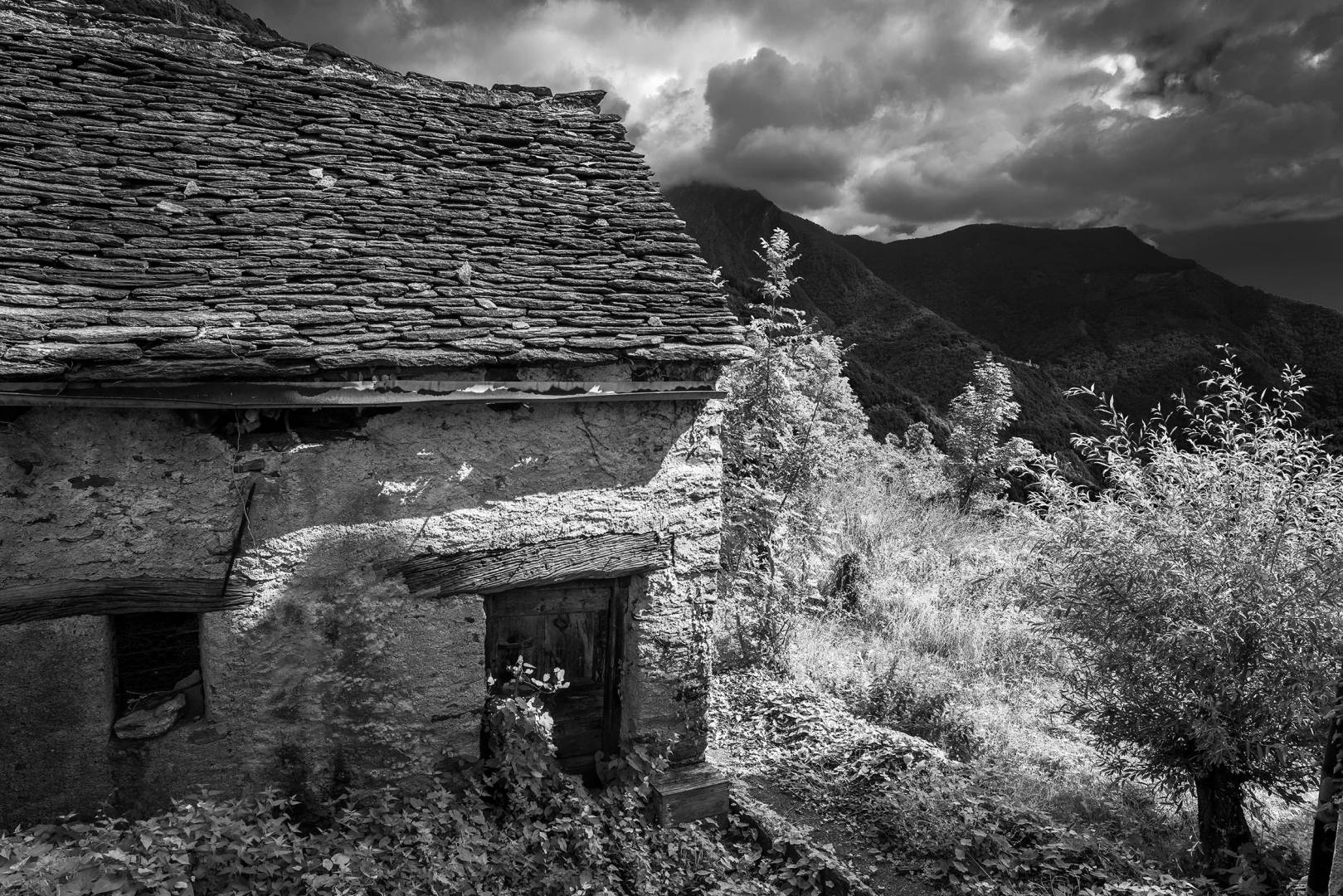
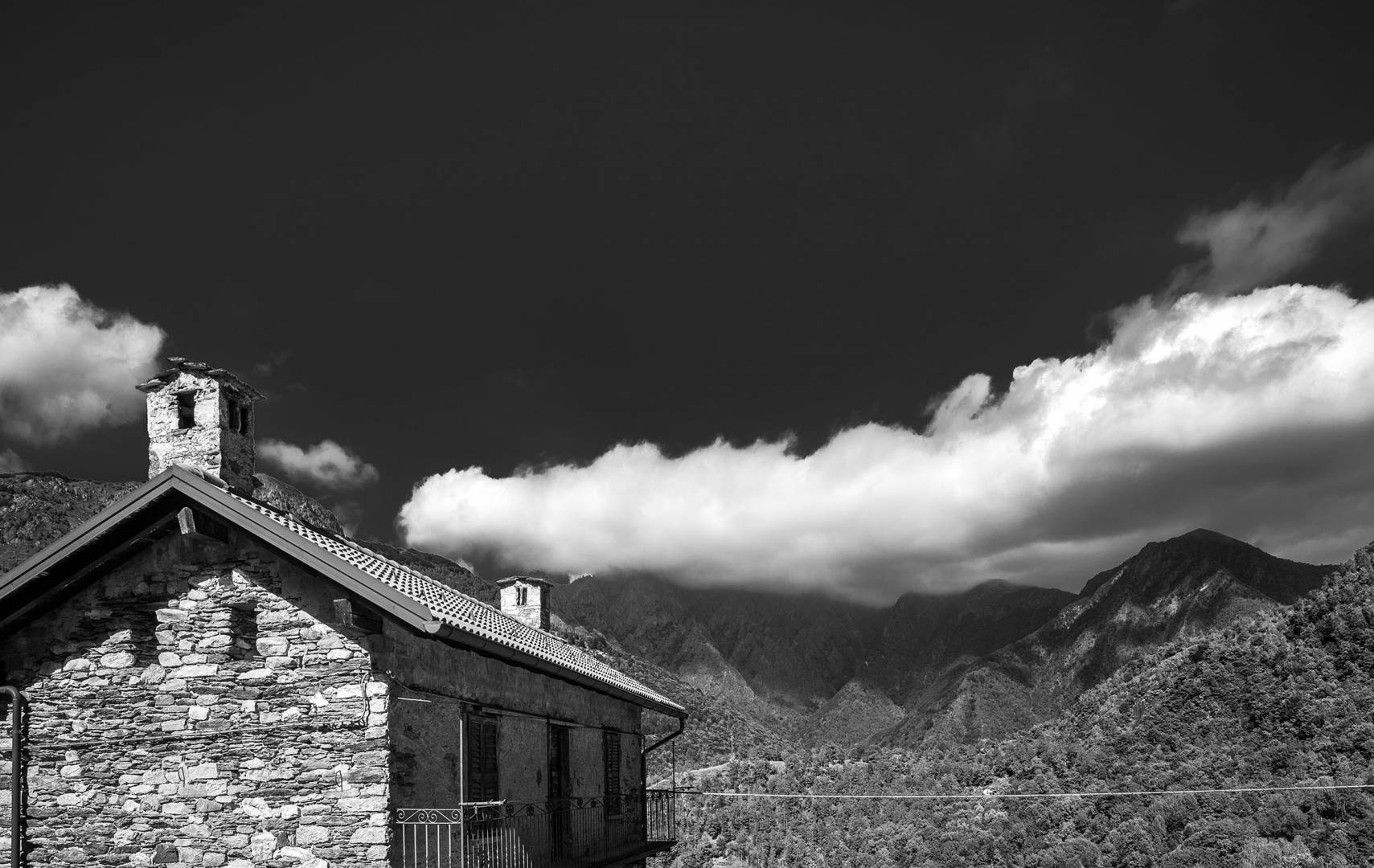
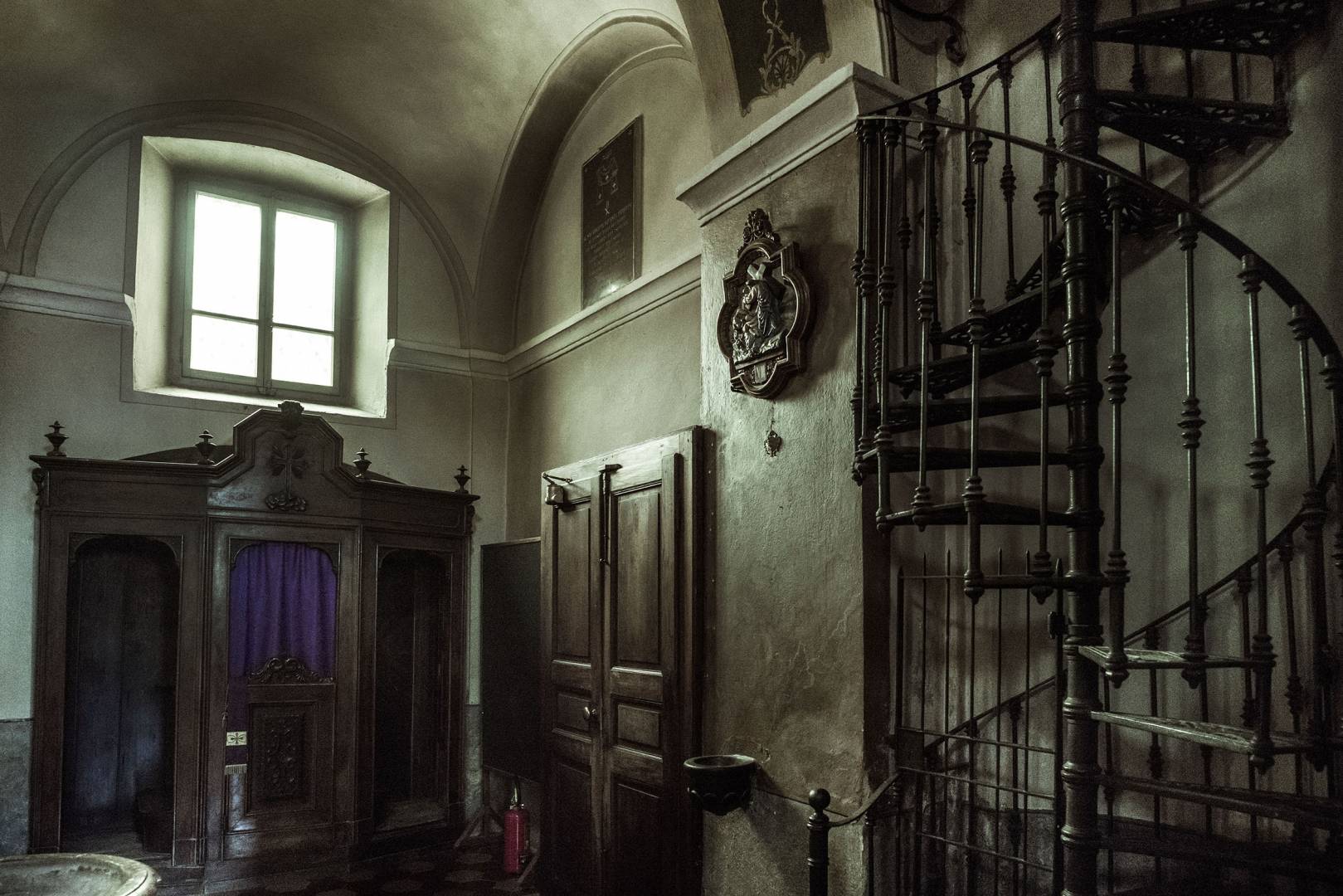
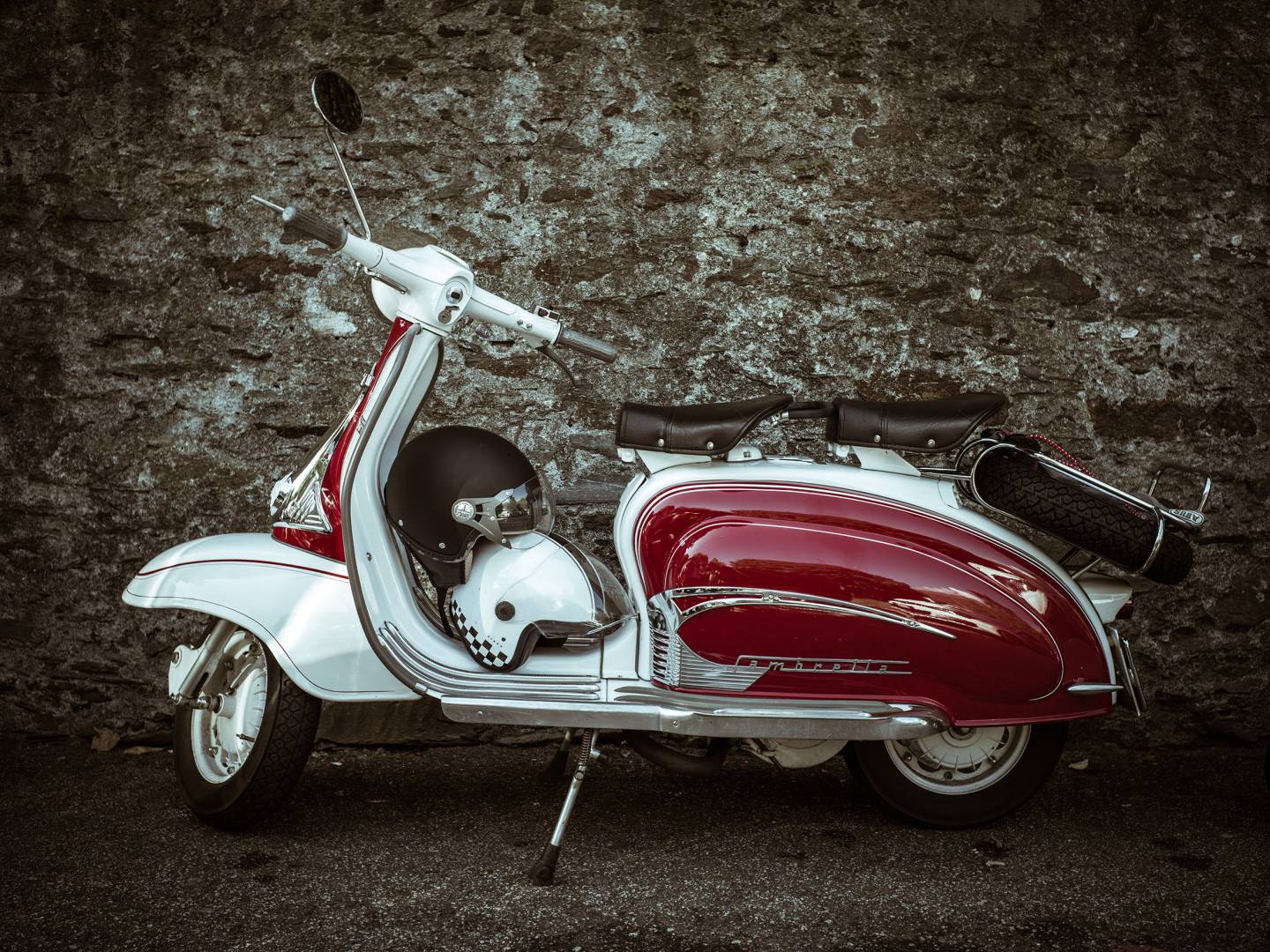
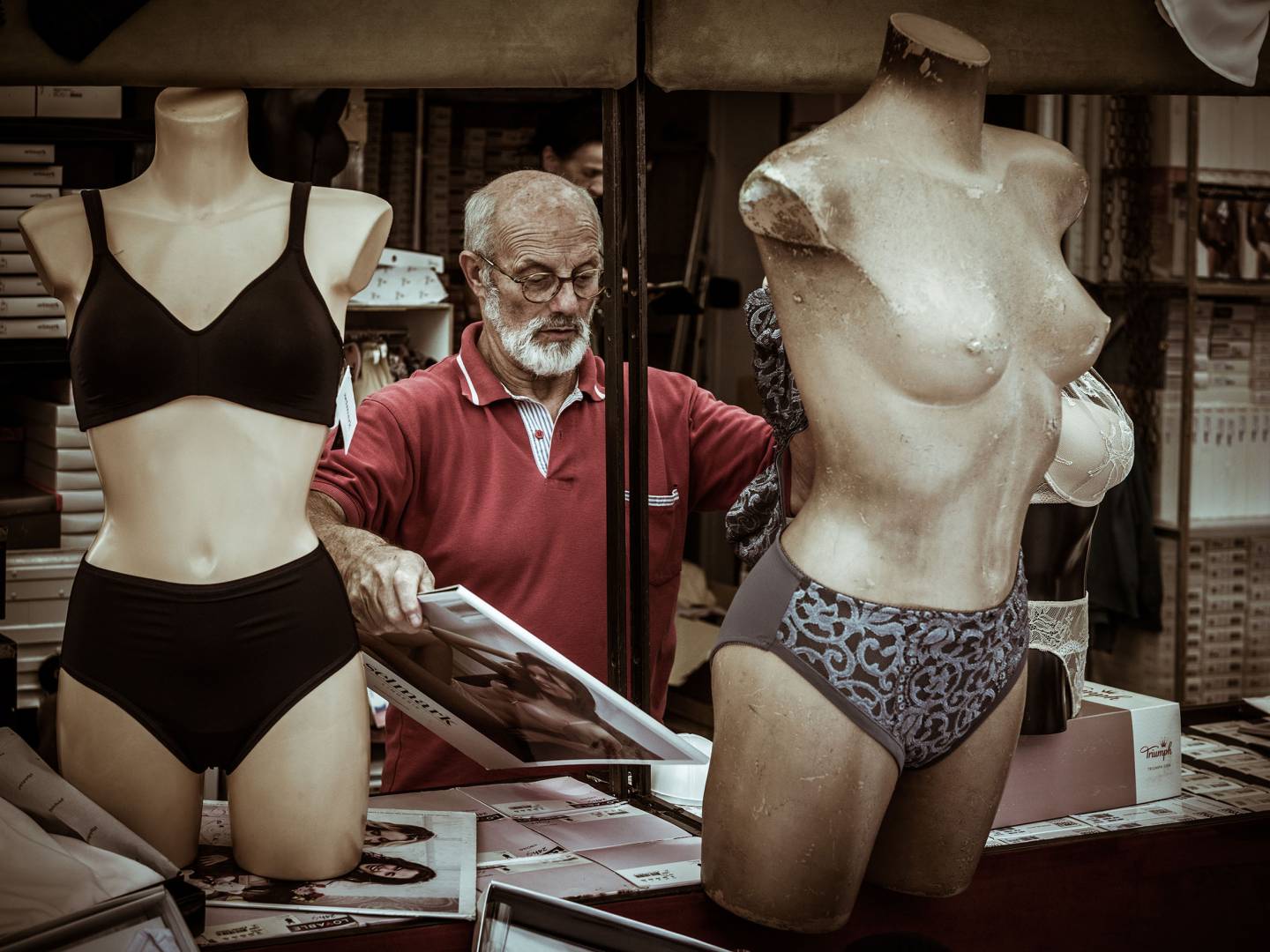
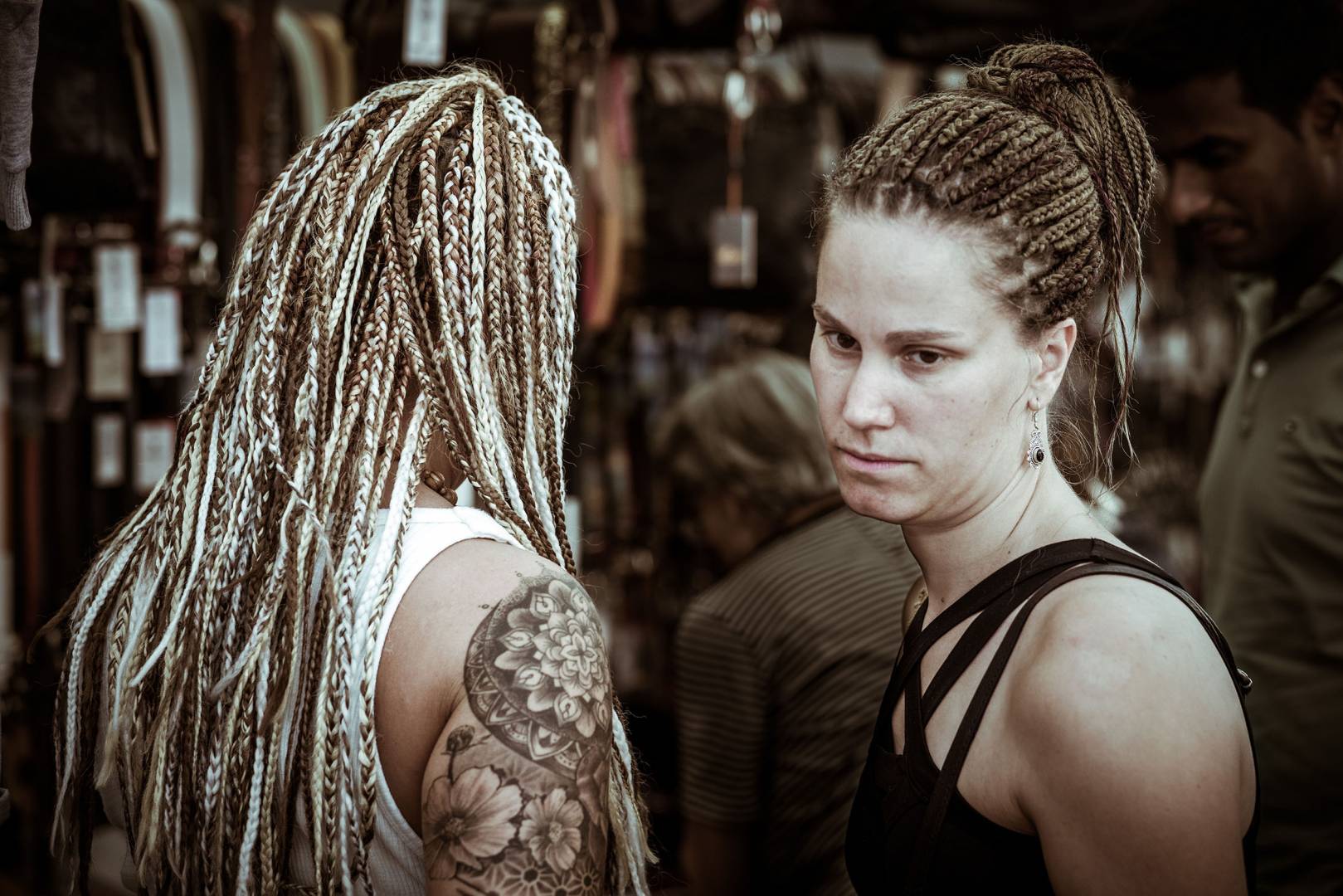
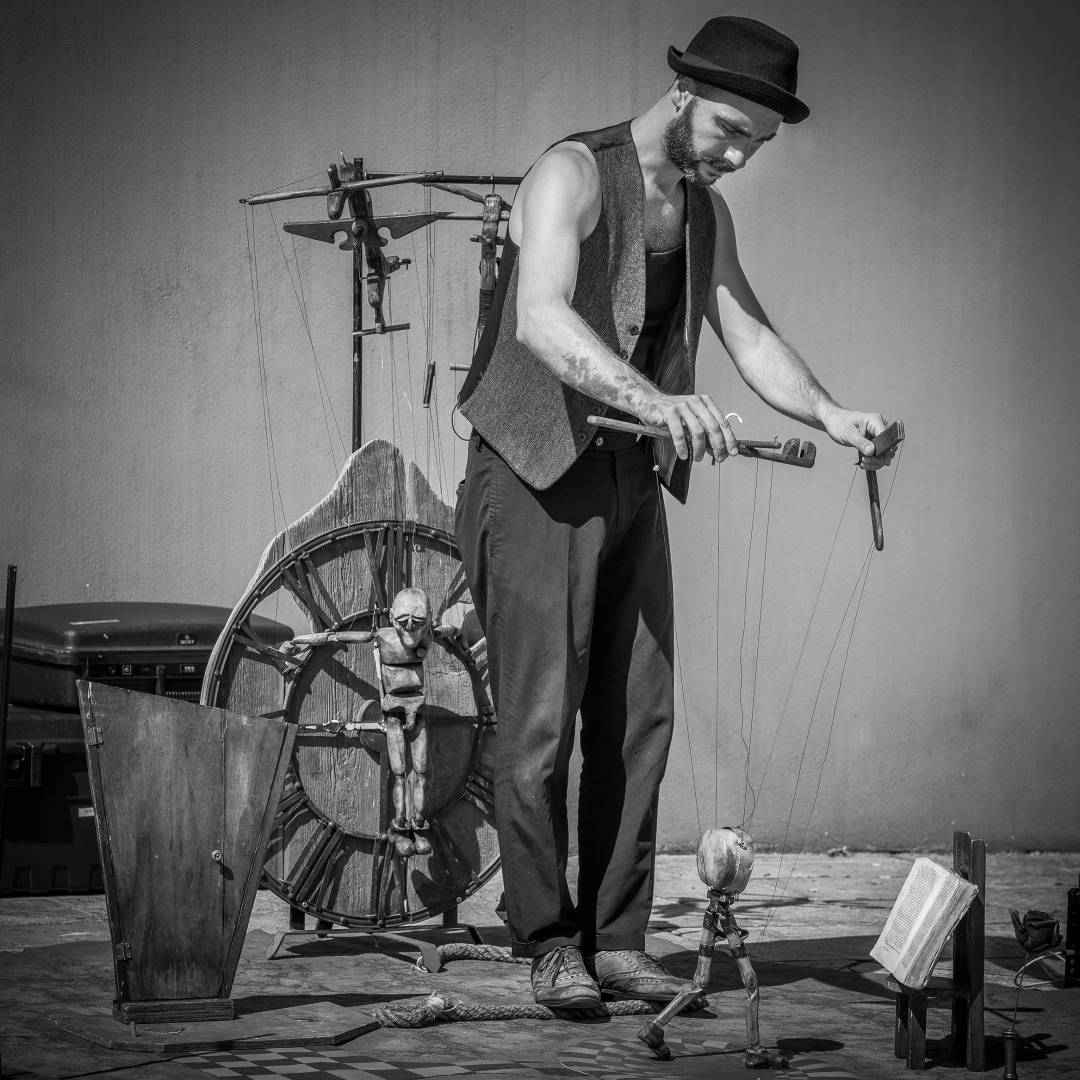
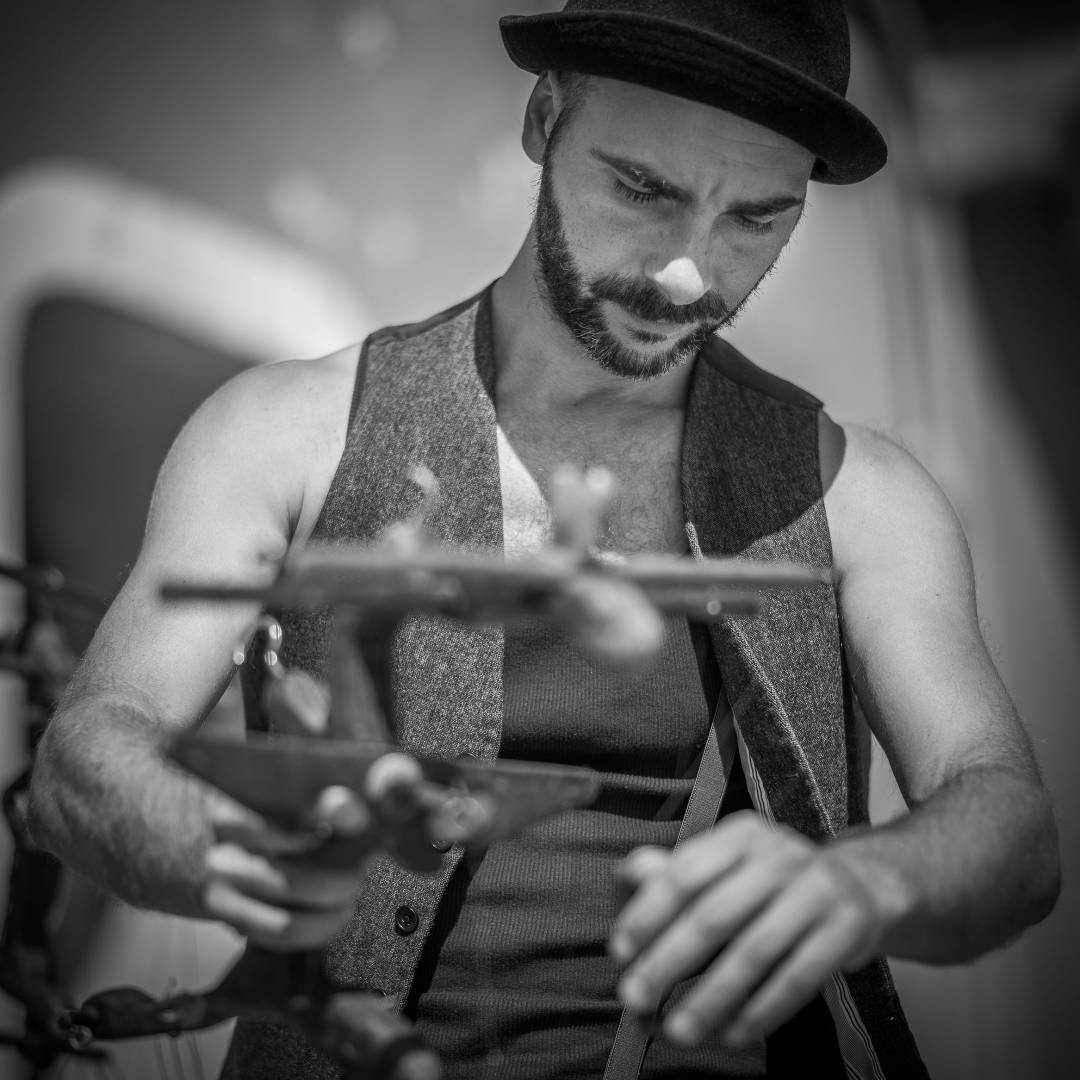
Your images are breathtaking. I knew when I viewed them on my tablet that I had to look at them on my big monitor at home to truly appreciate them. I really enjoyed your article! Your noise comparisons must have been tedious to do and will be appreciated by many.
Have to agree with John. Spectacular mood in those photos. The use of light in the fourth wedding photo is perfection.
Beautiful, beautiful photos! You really are at one with your choice of Leica. That location is perfect to showcase your work, were all the photos from the same assignment? And can you share that location? There is so much mood and drama that it has to be a very special region.